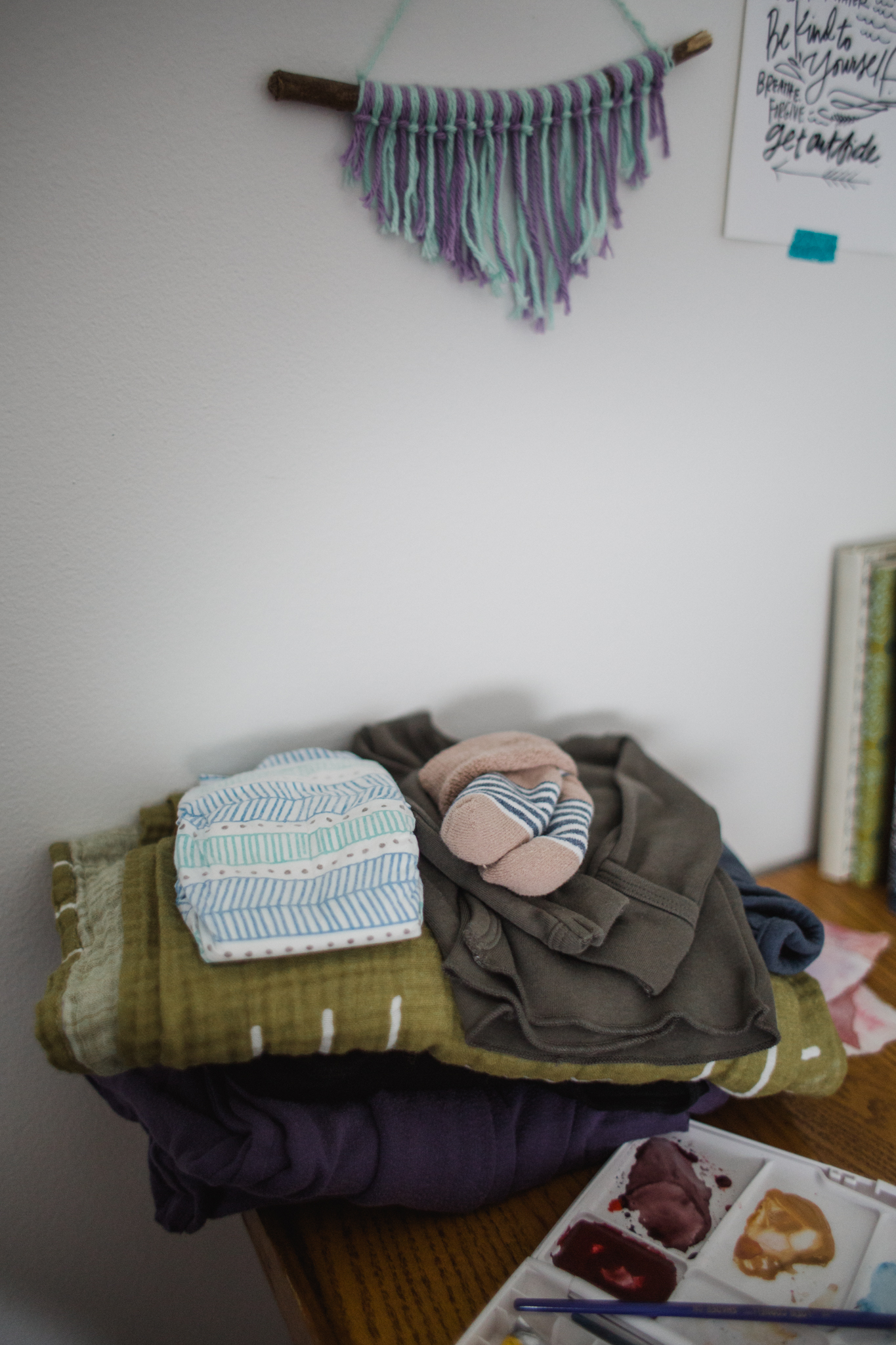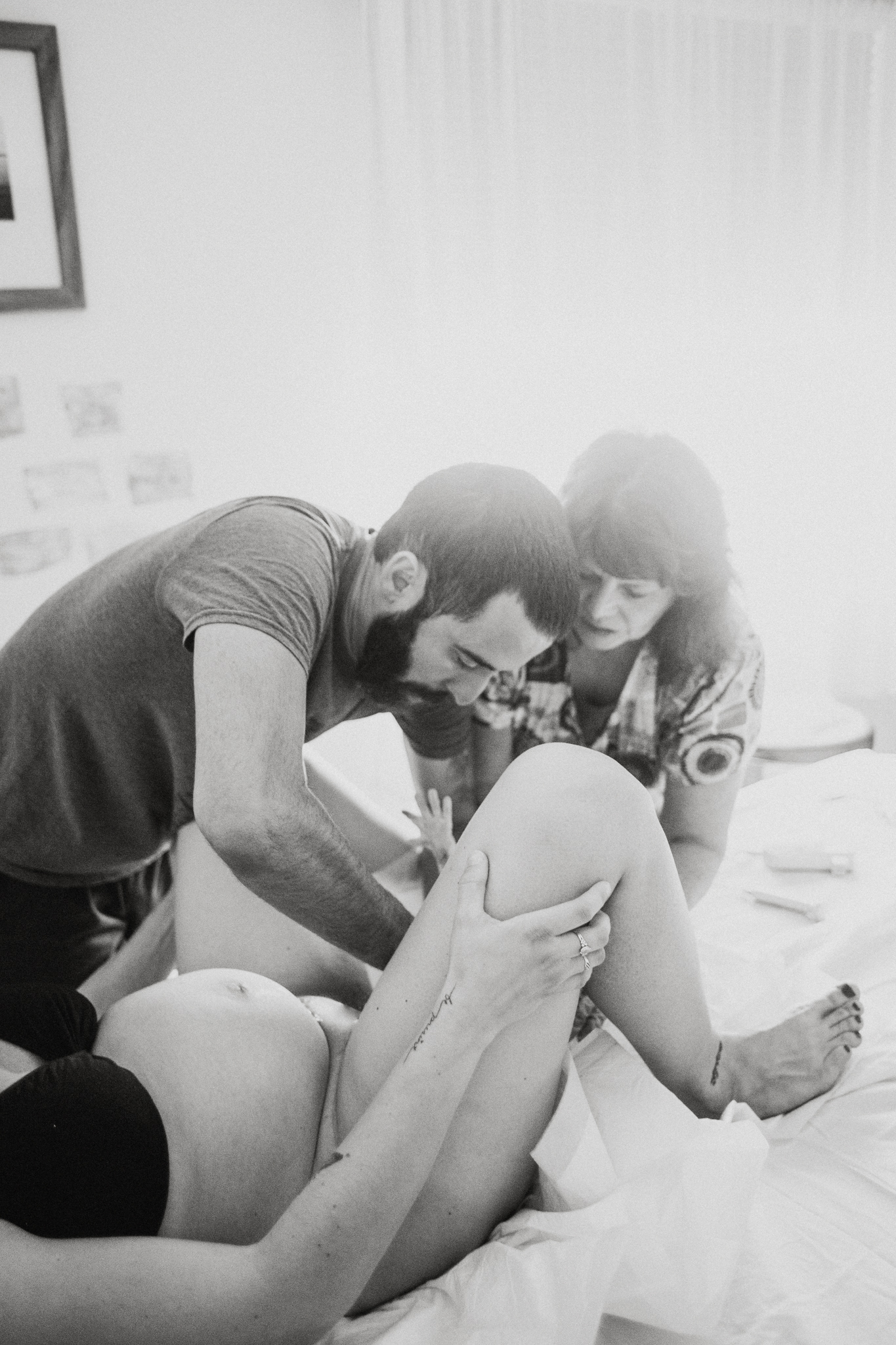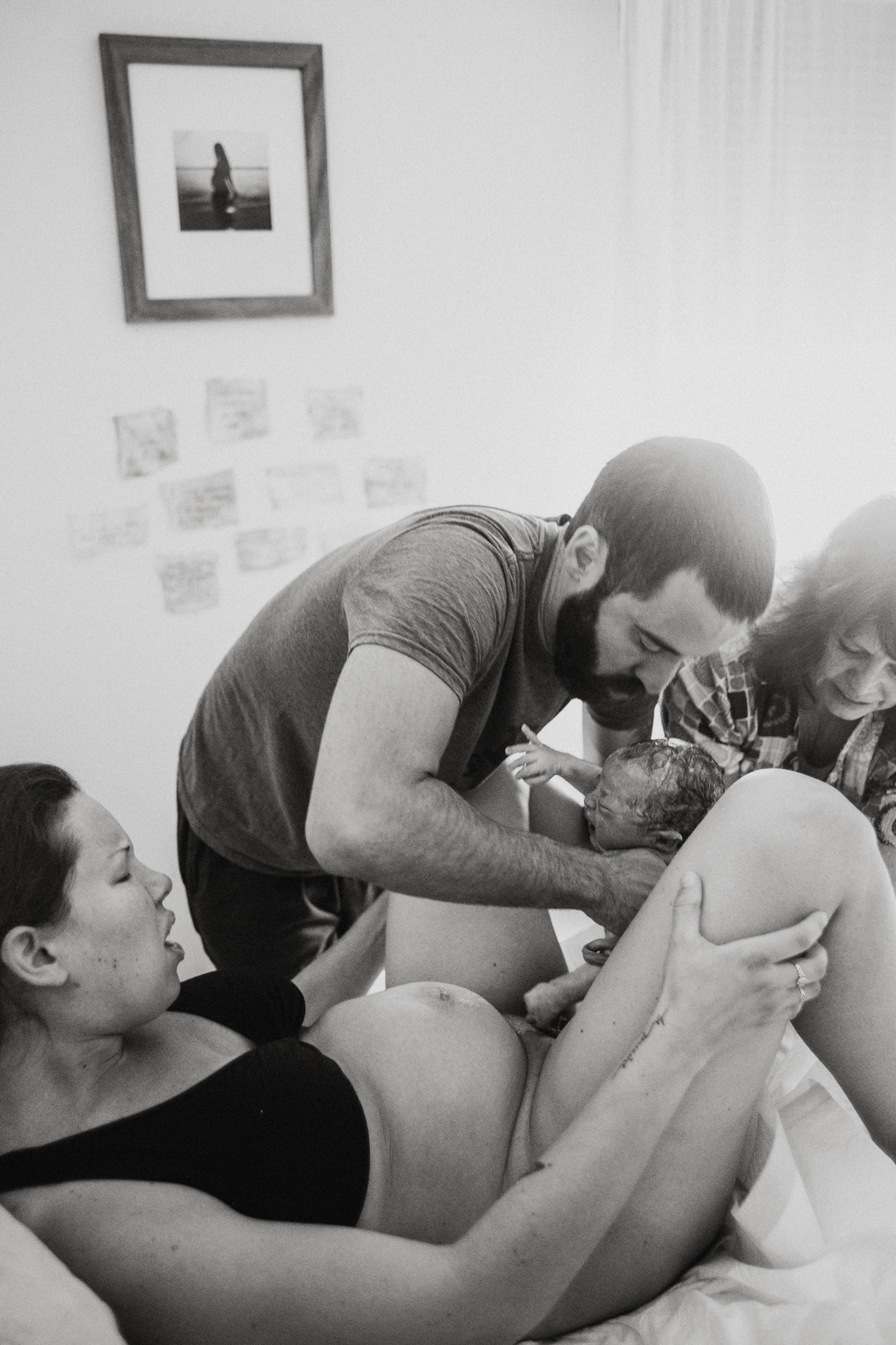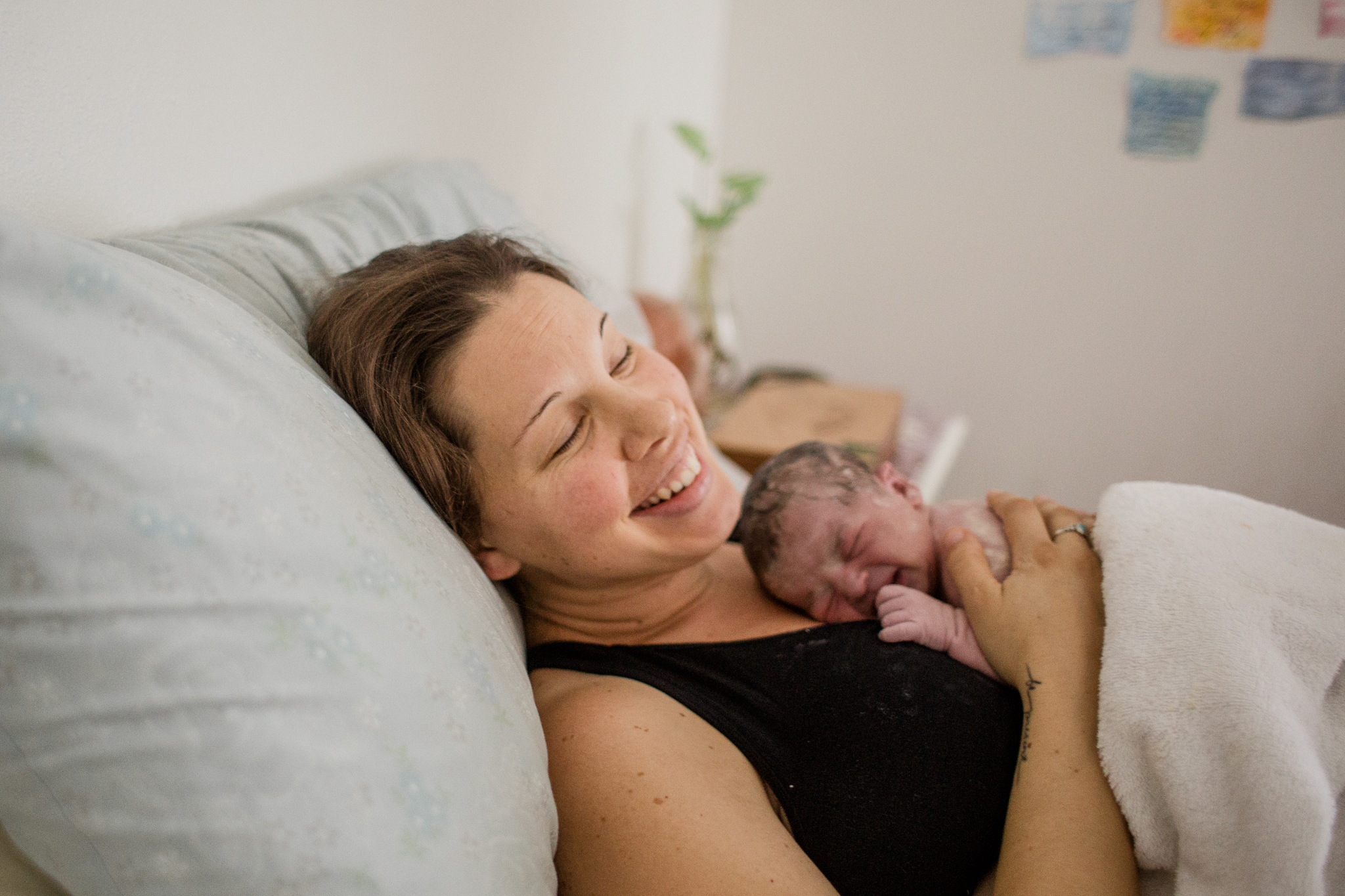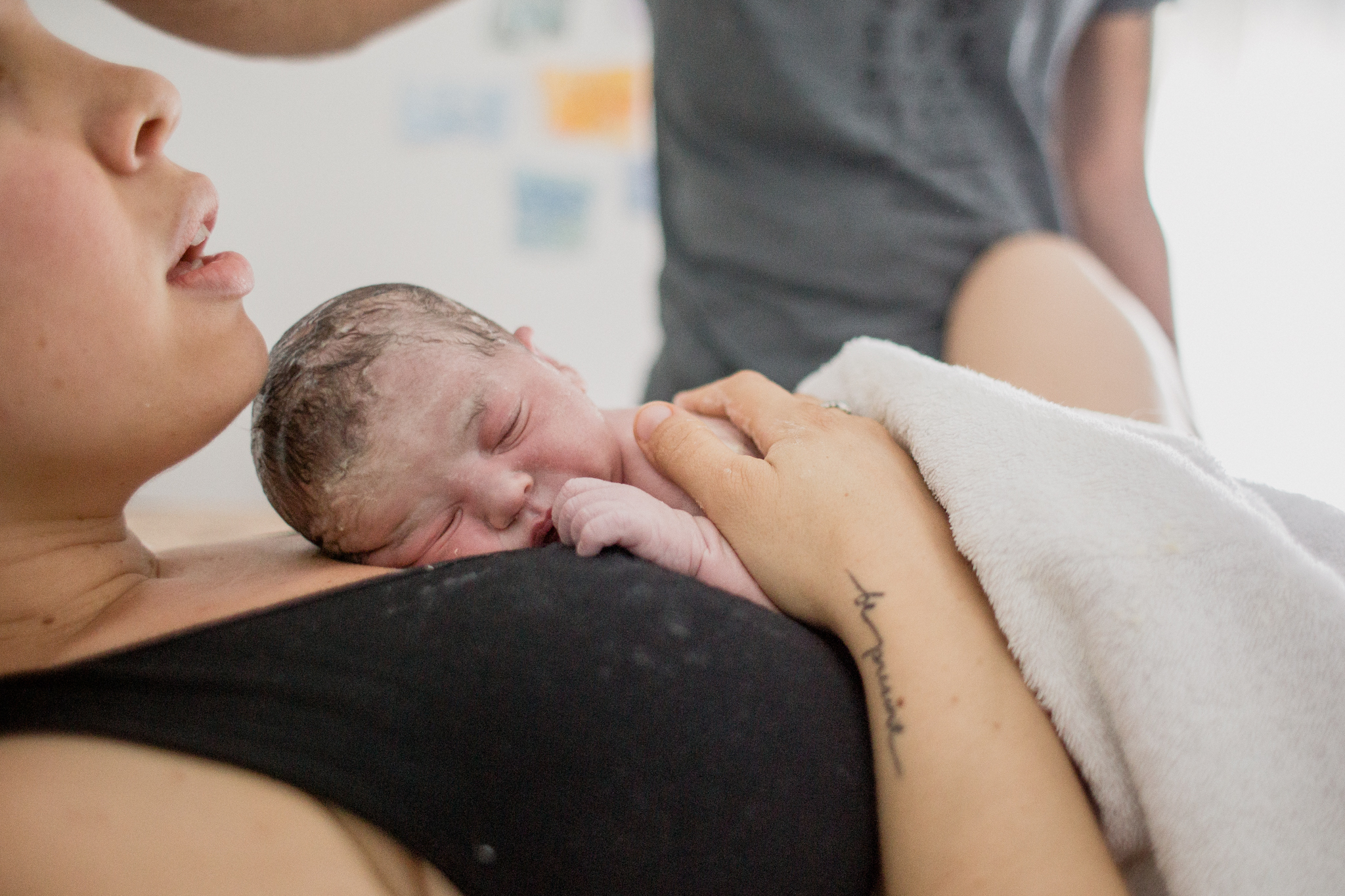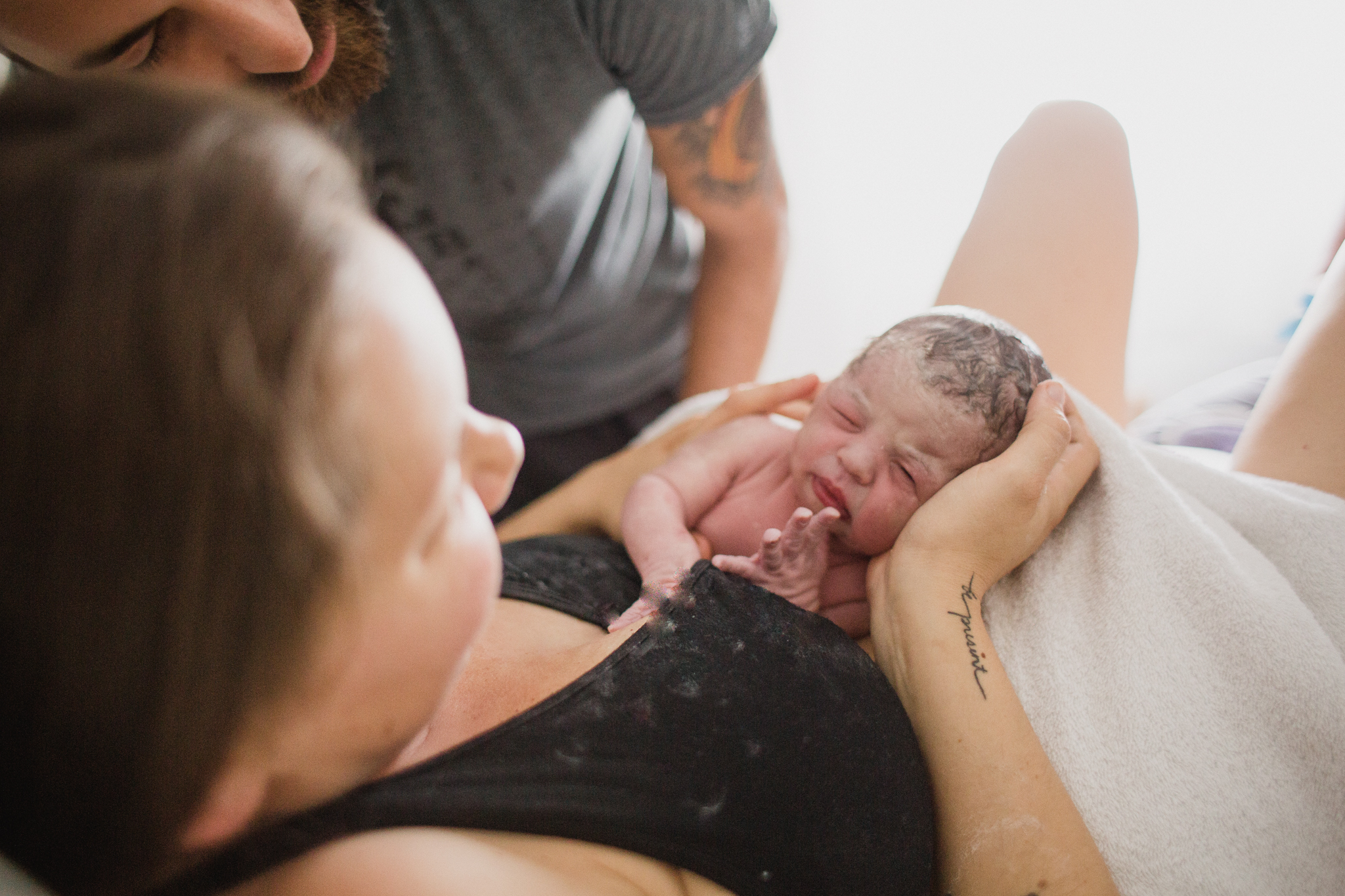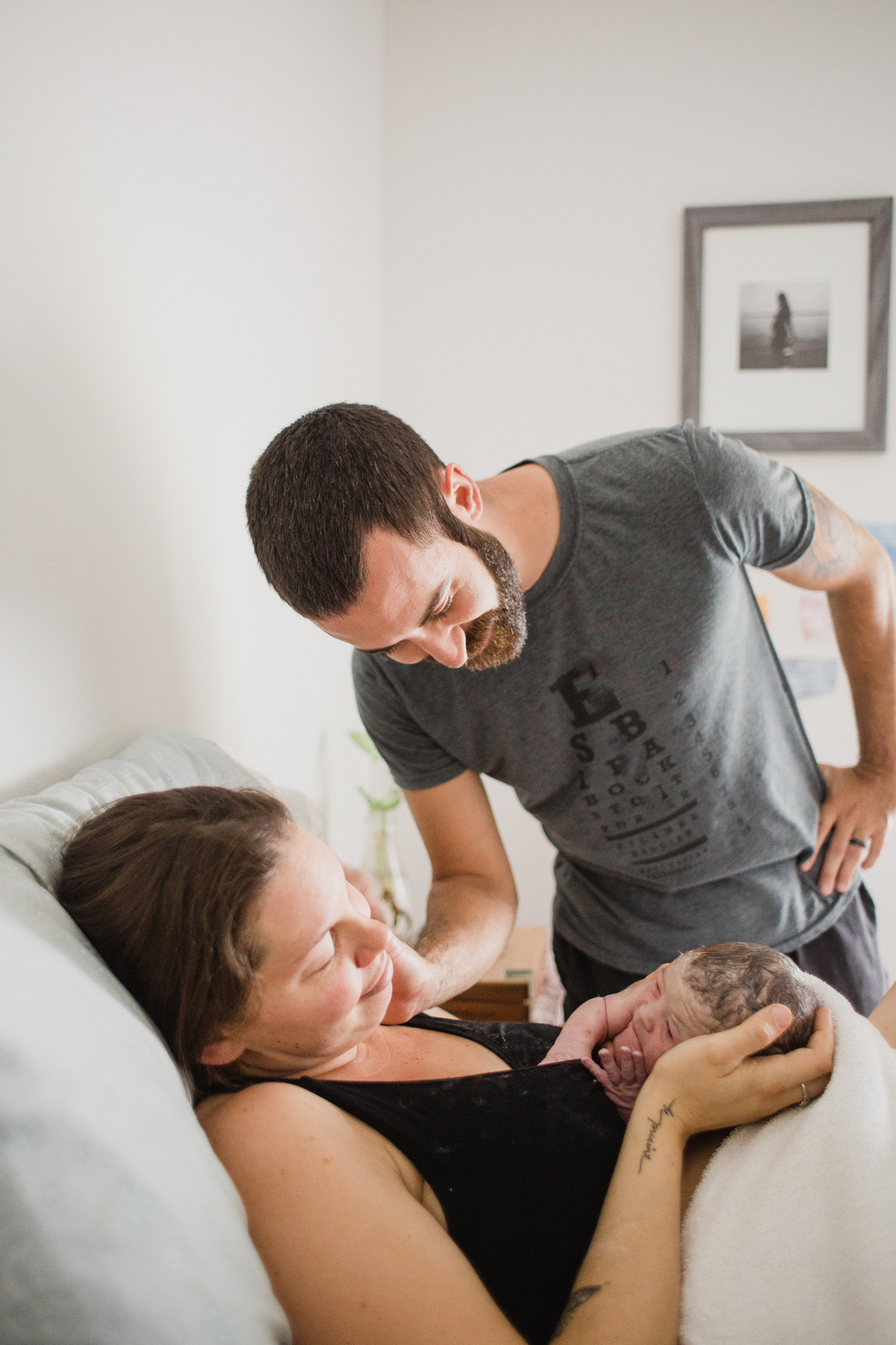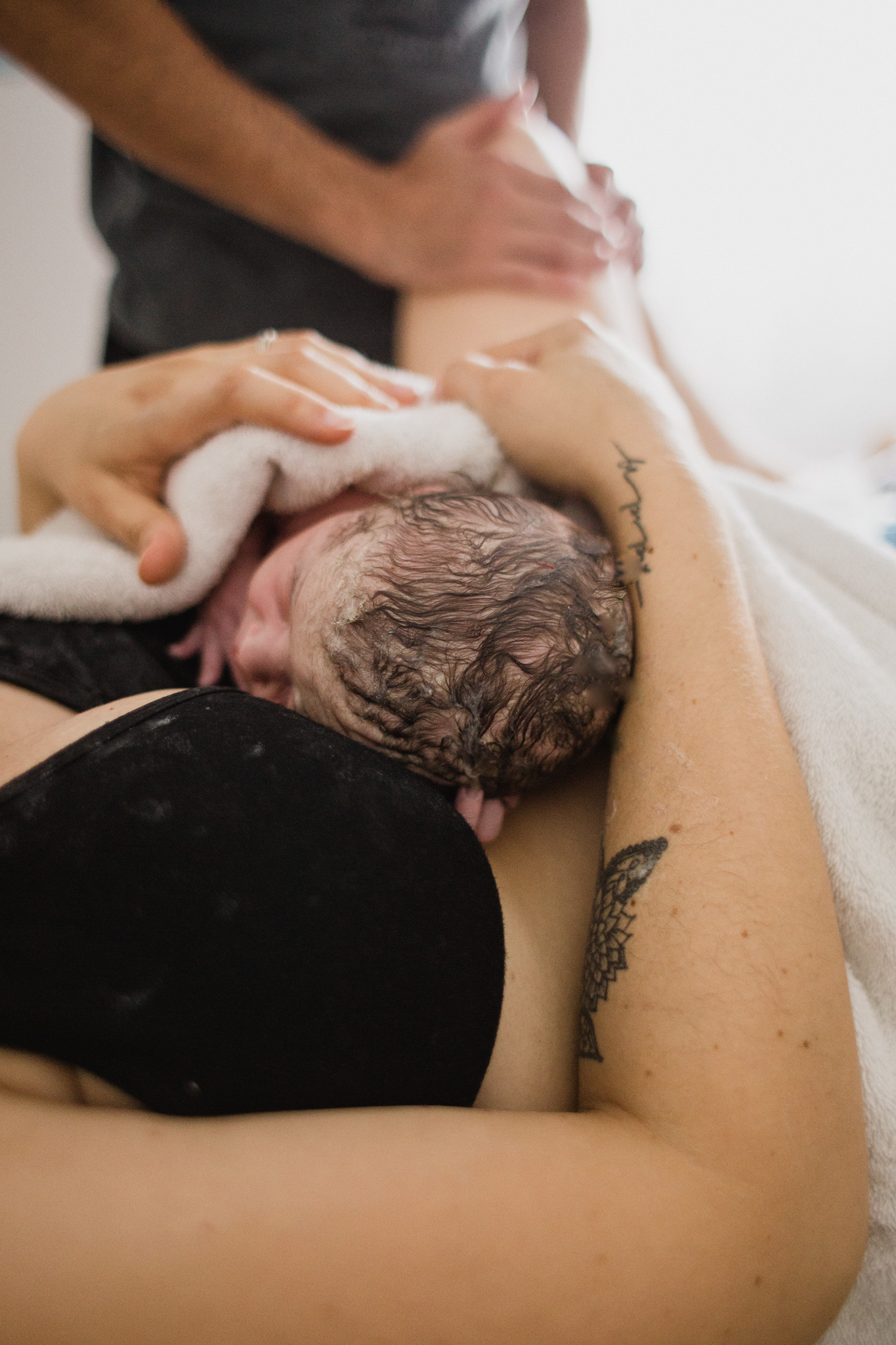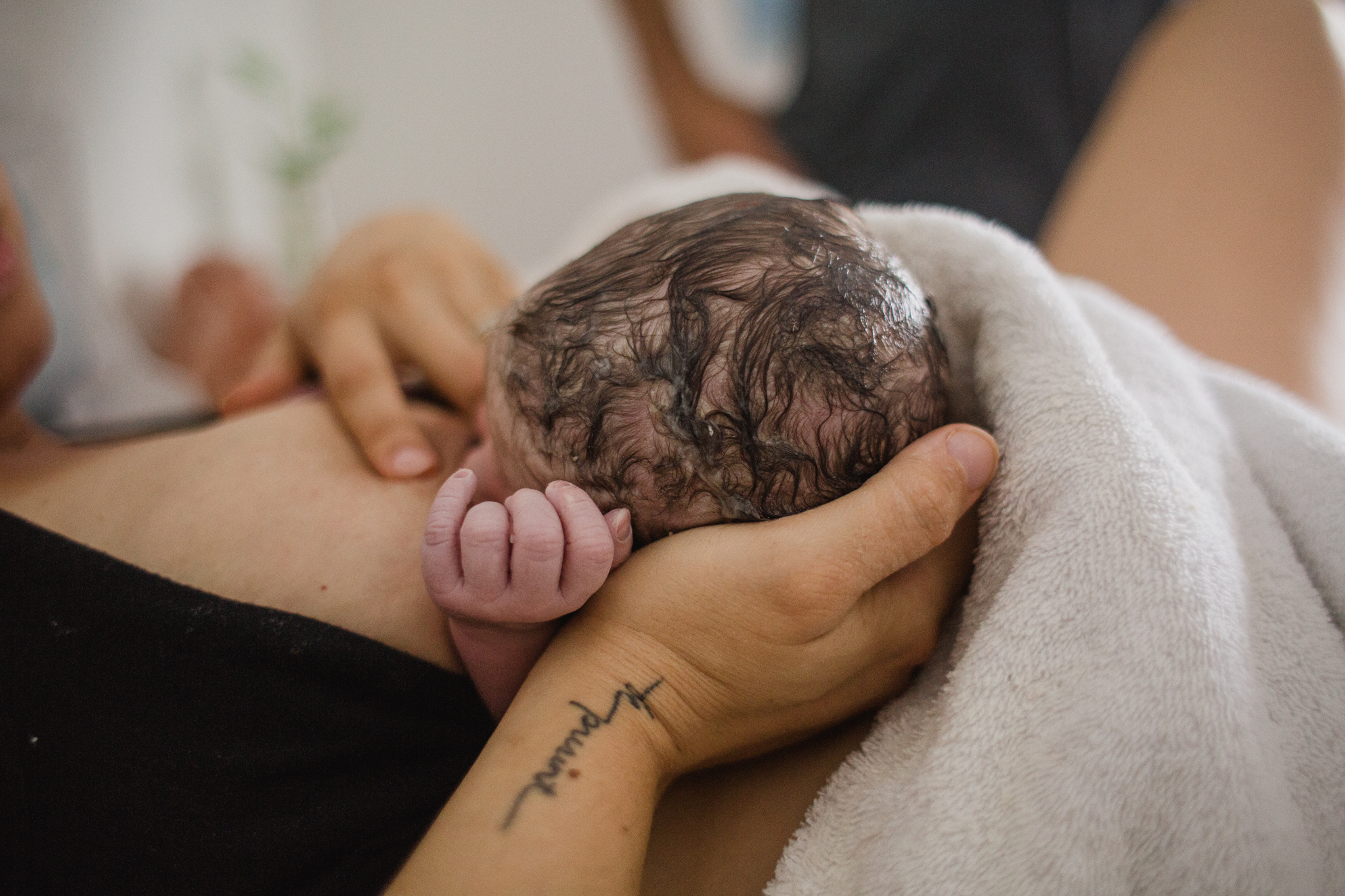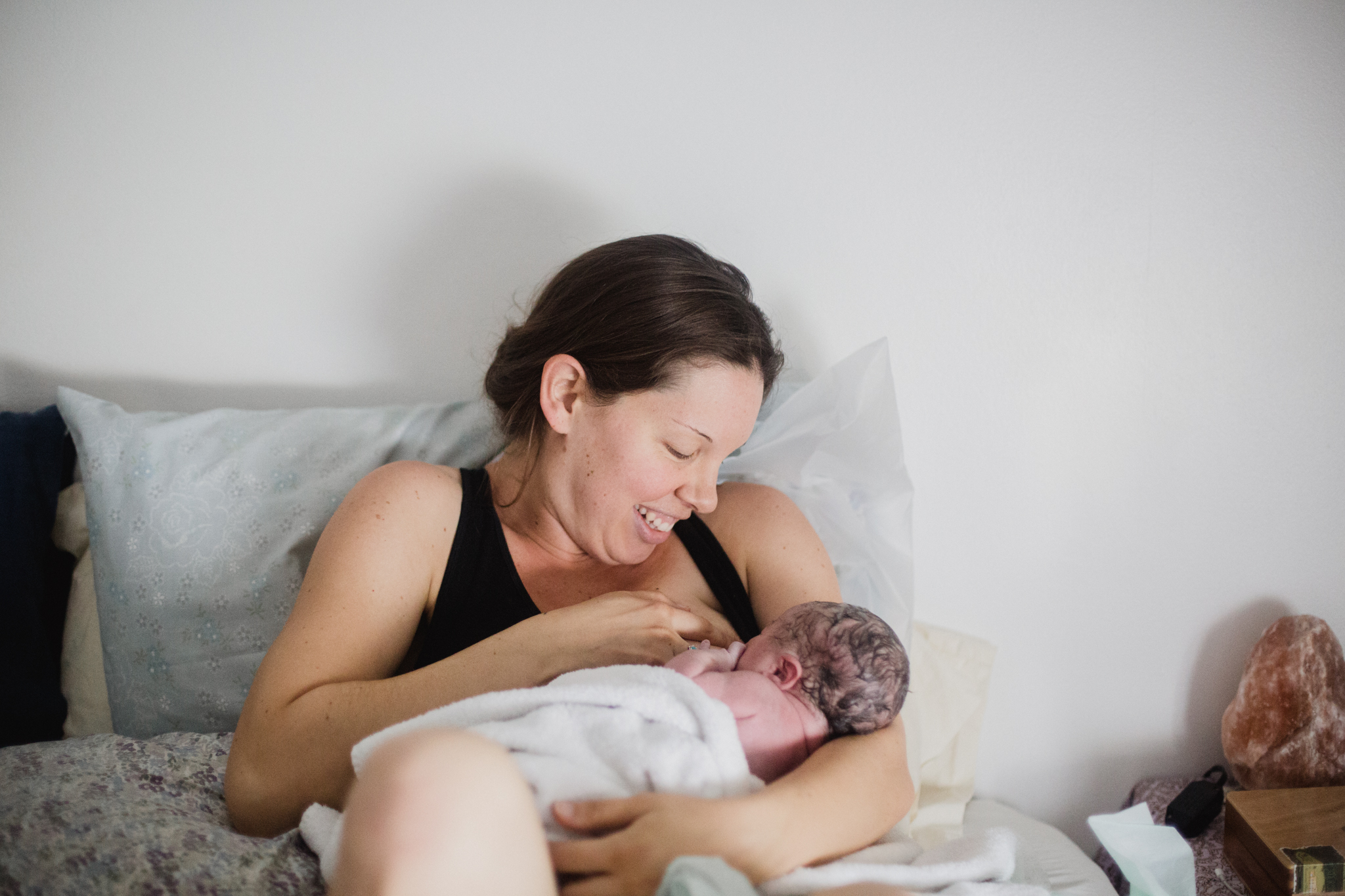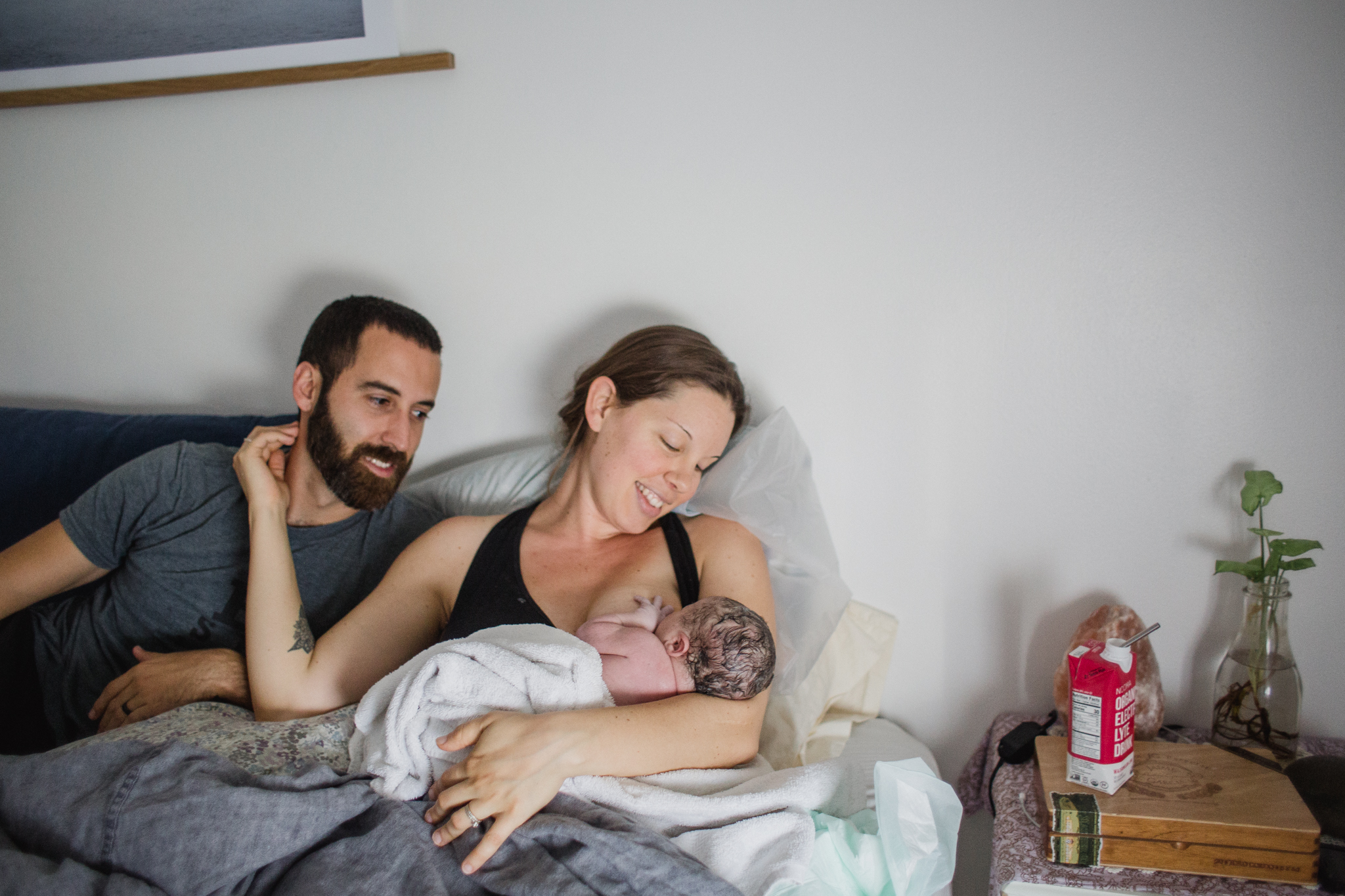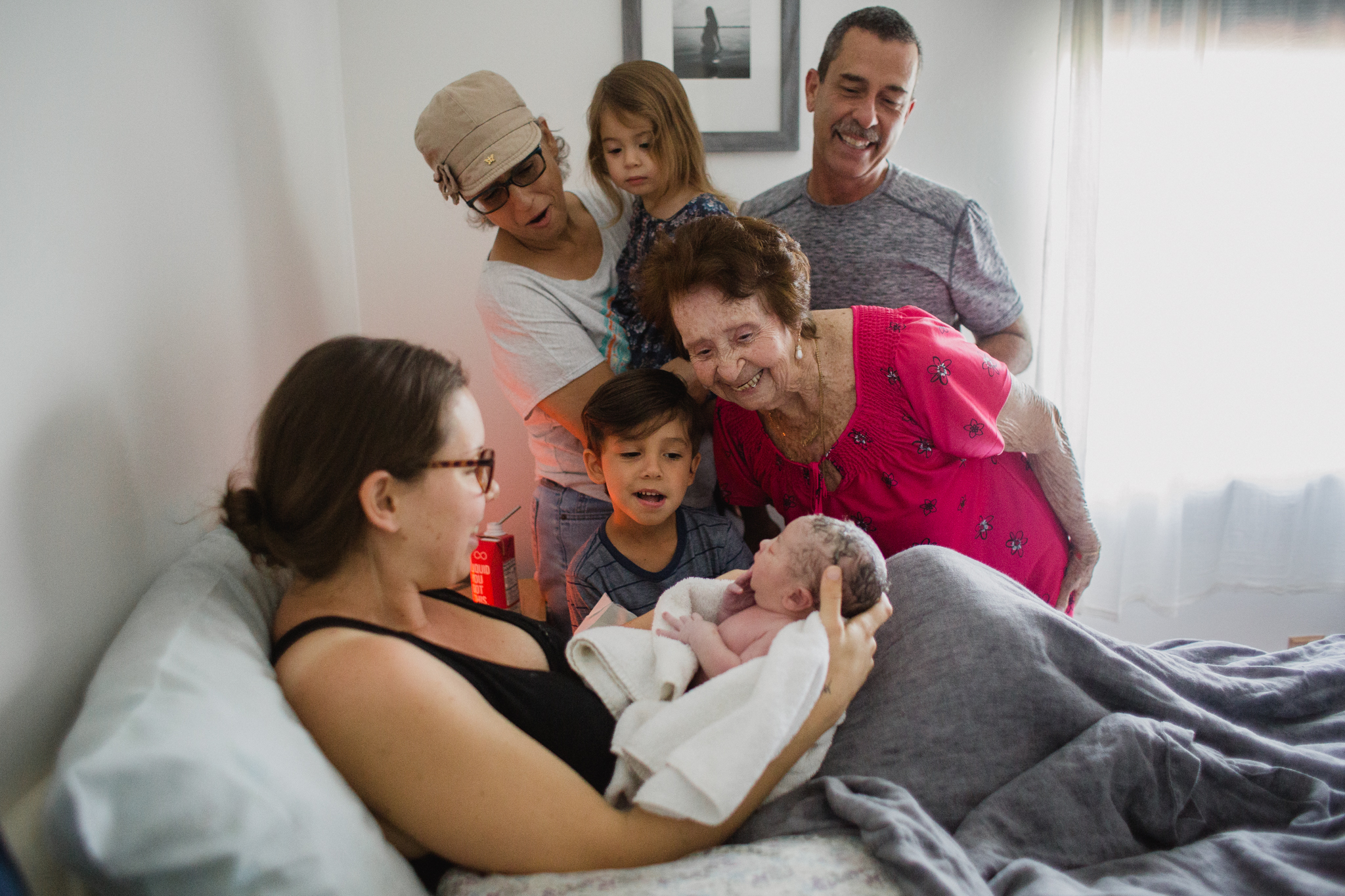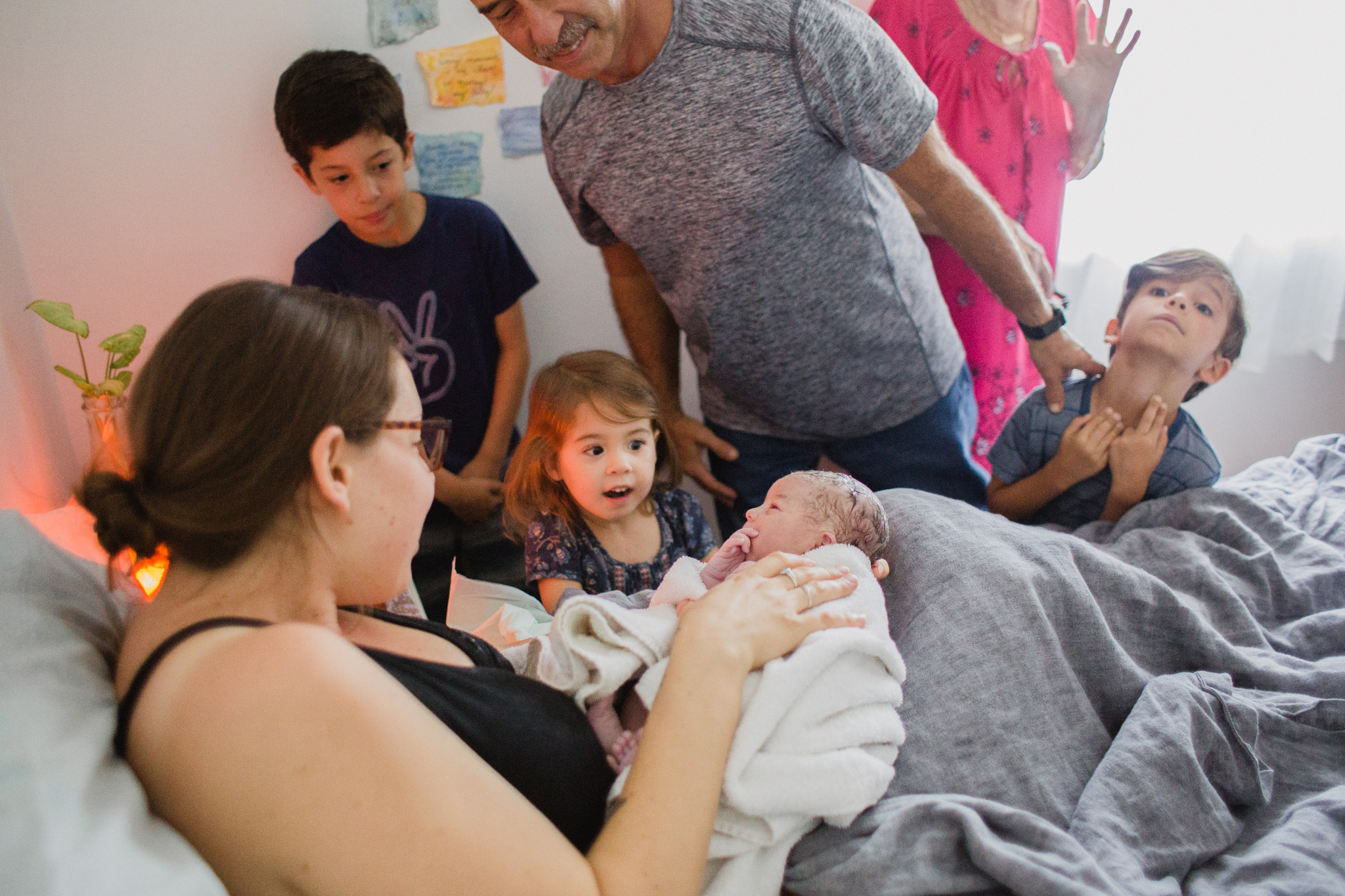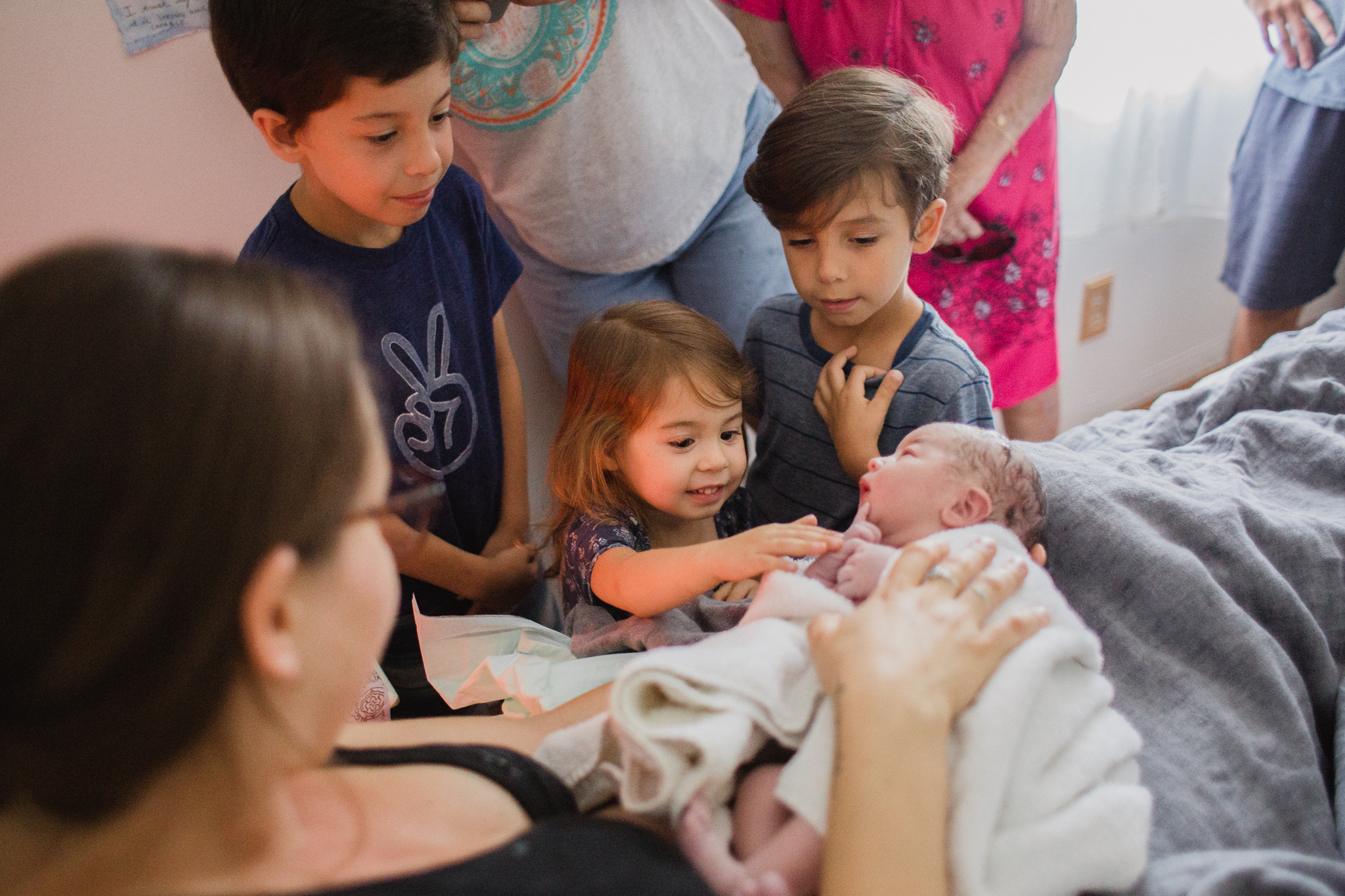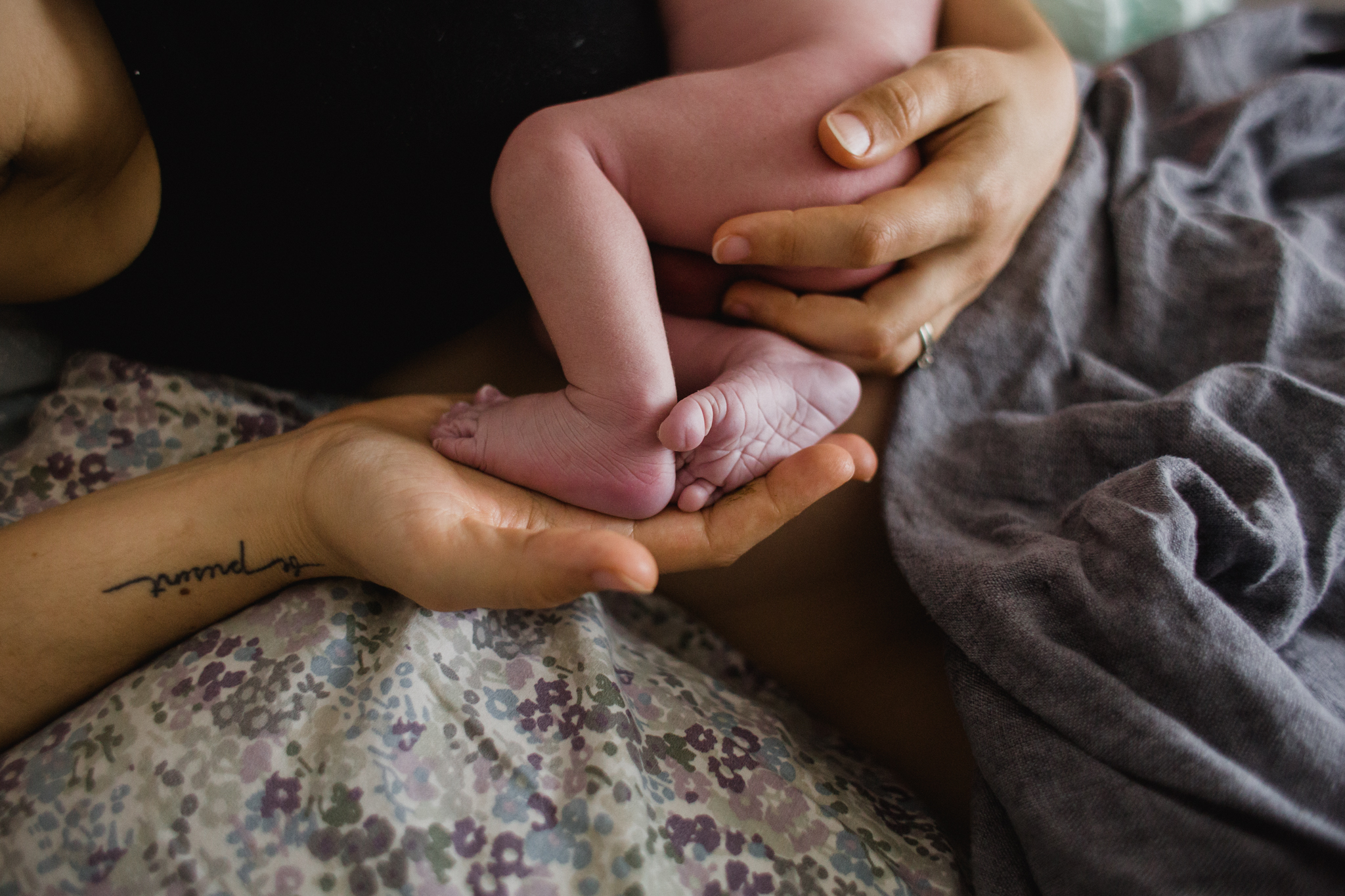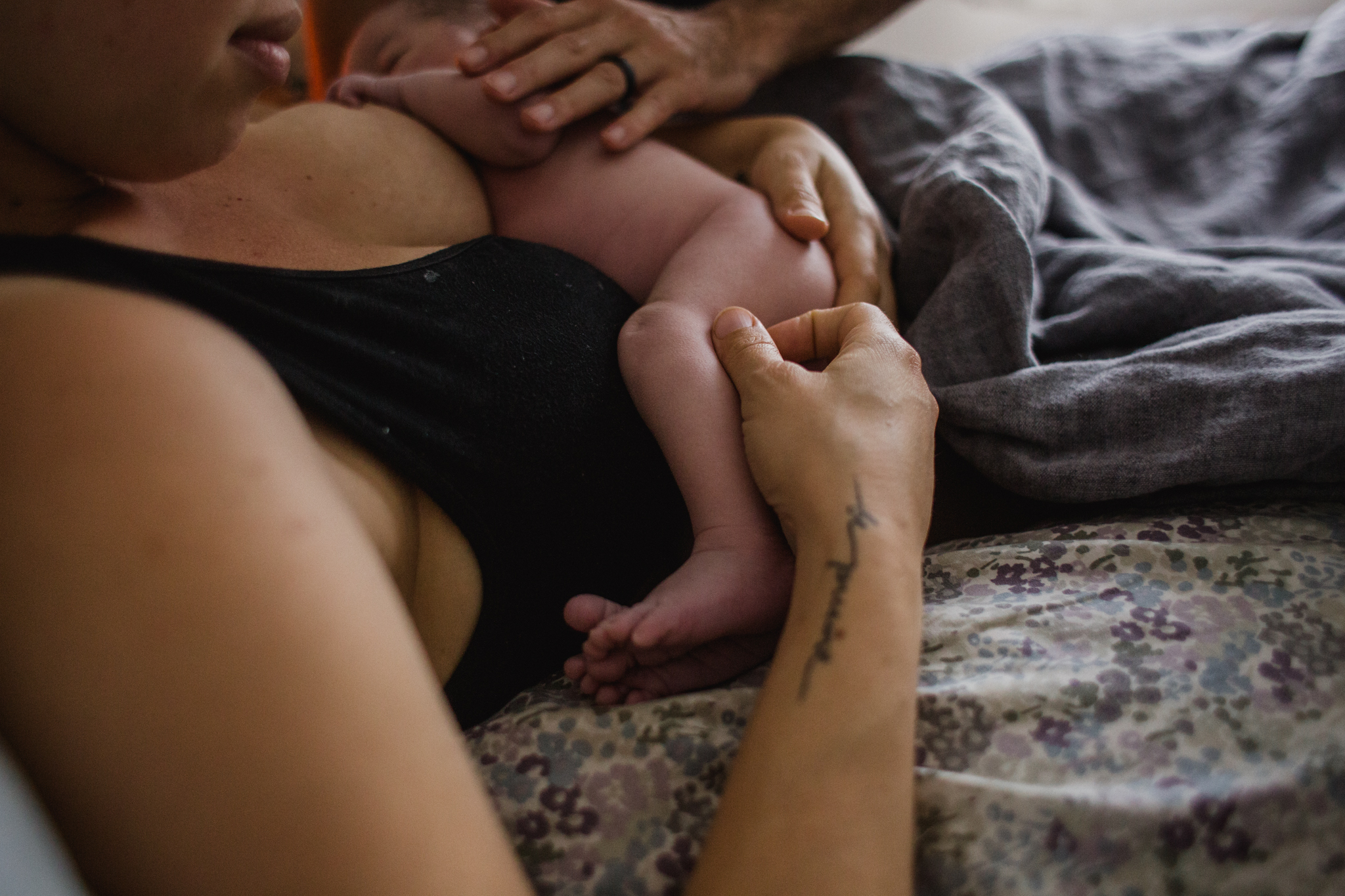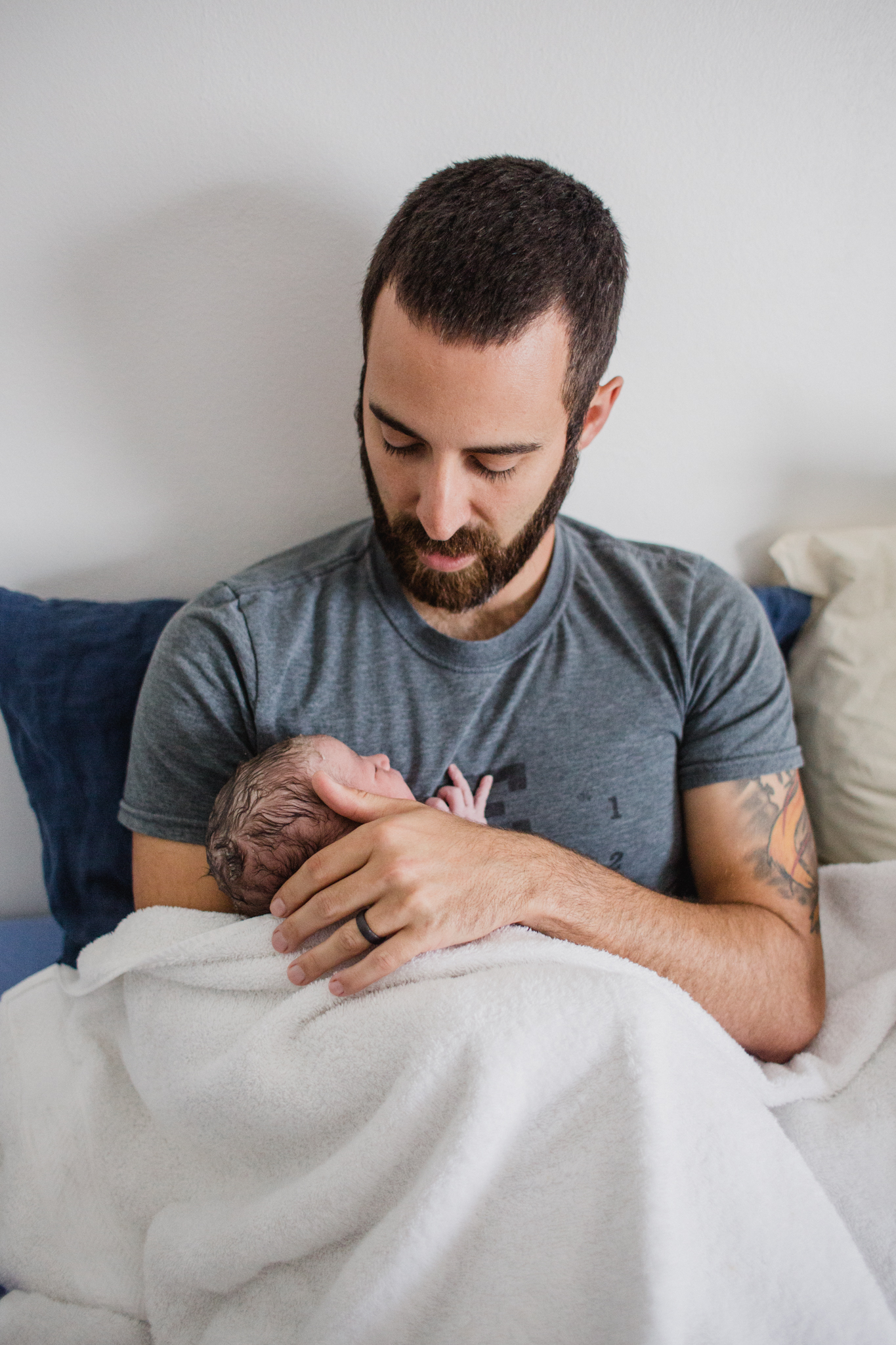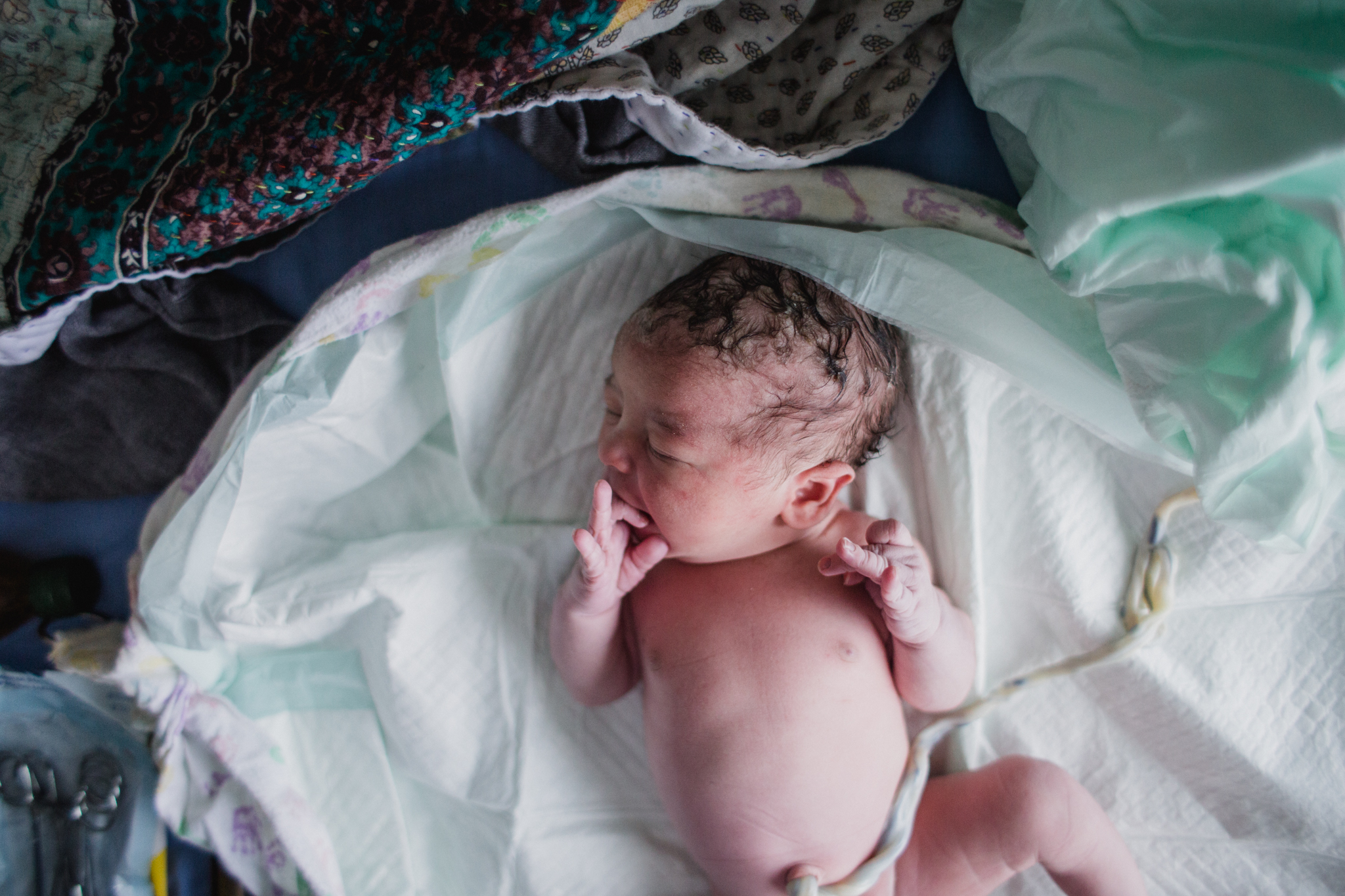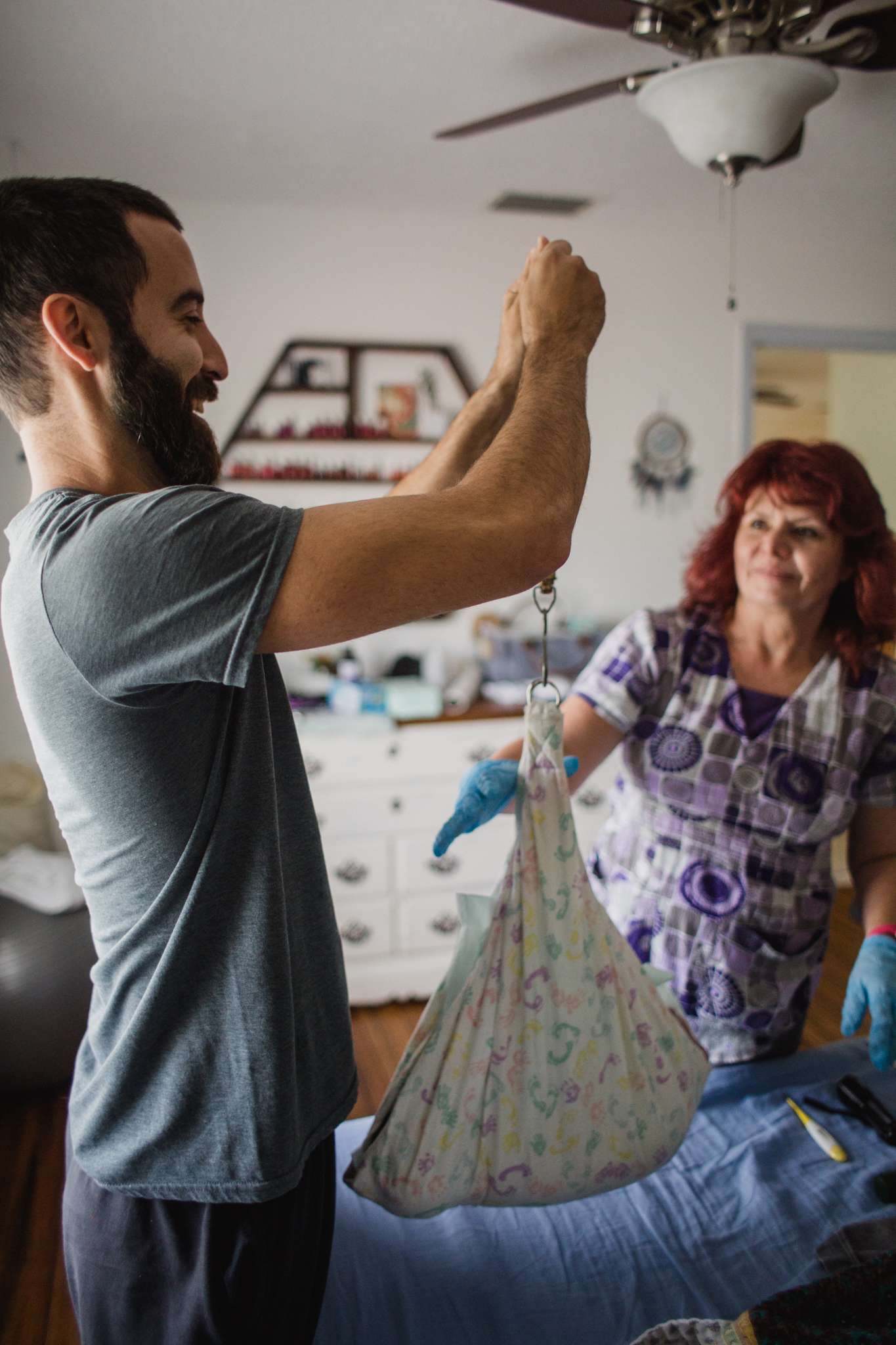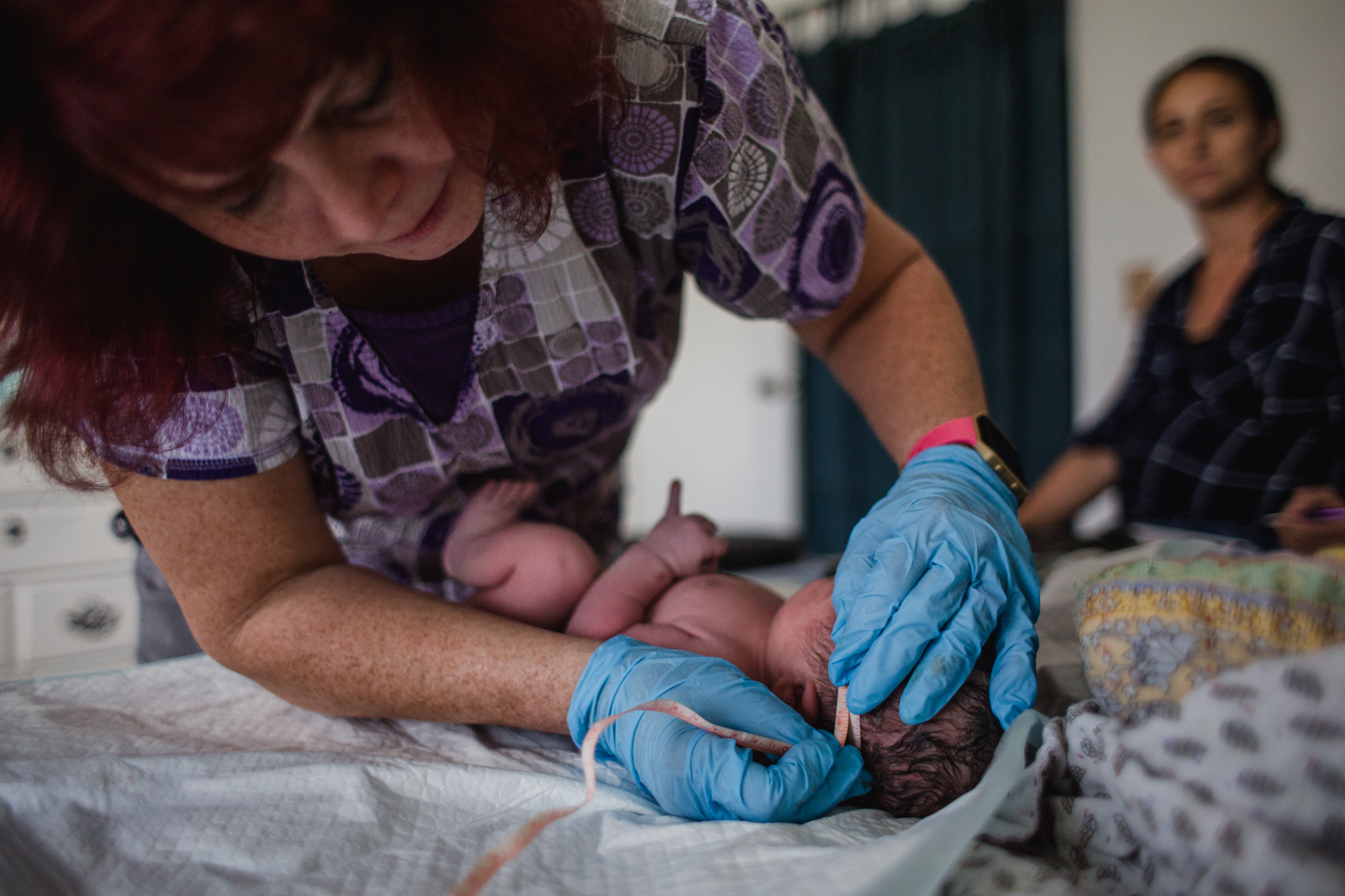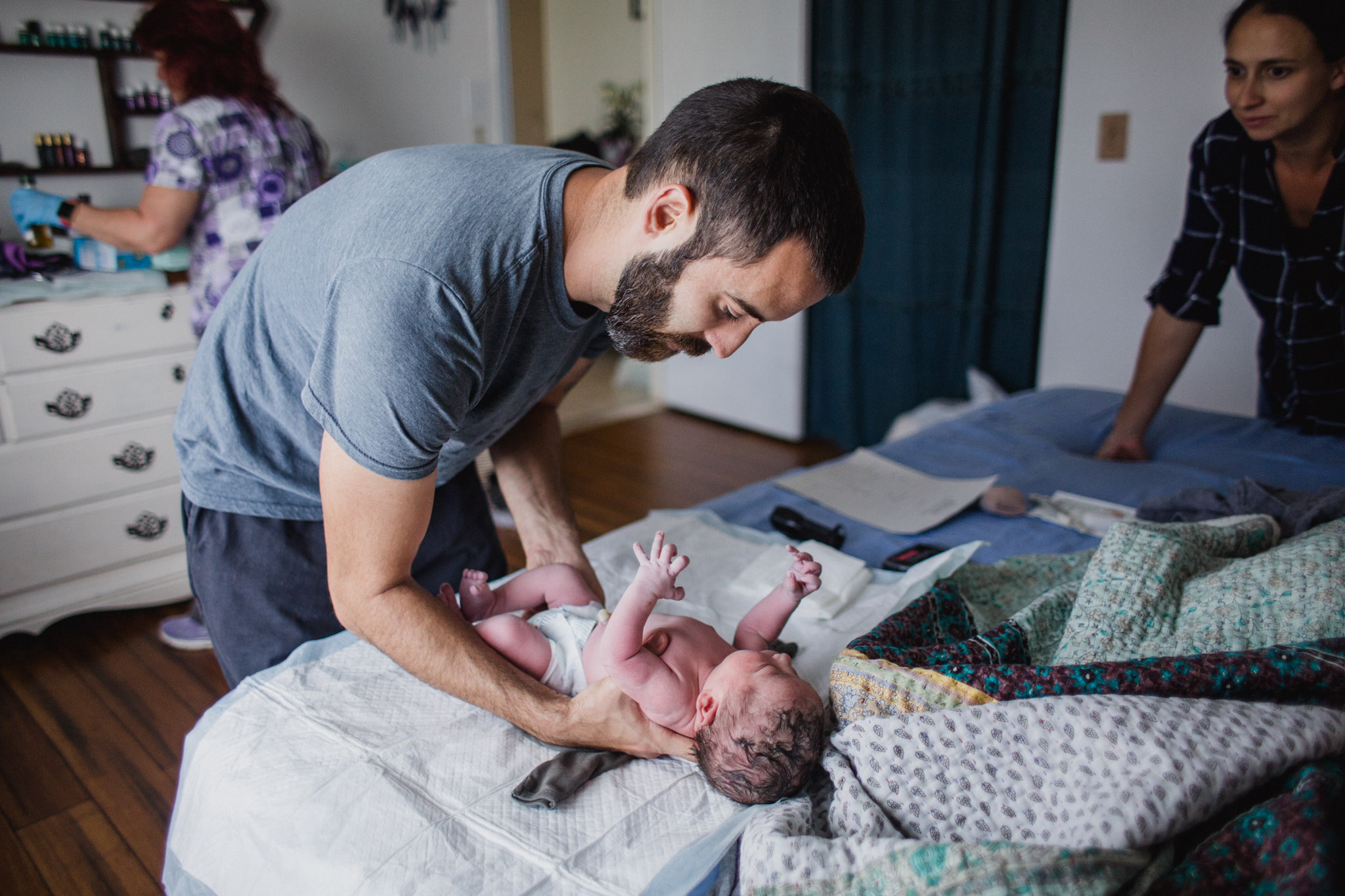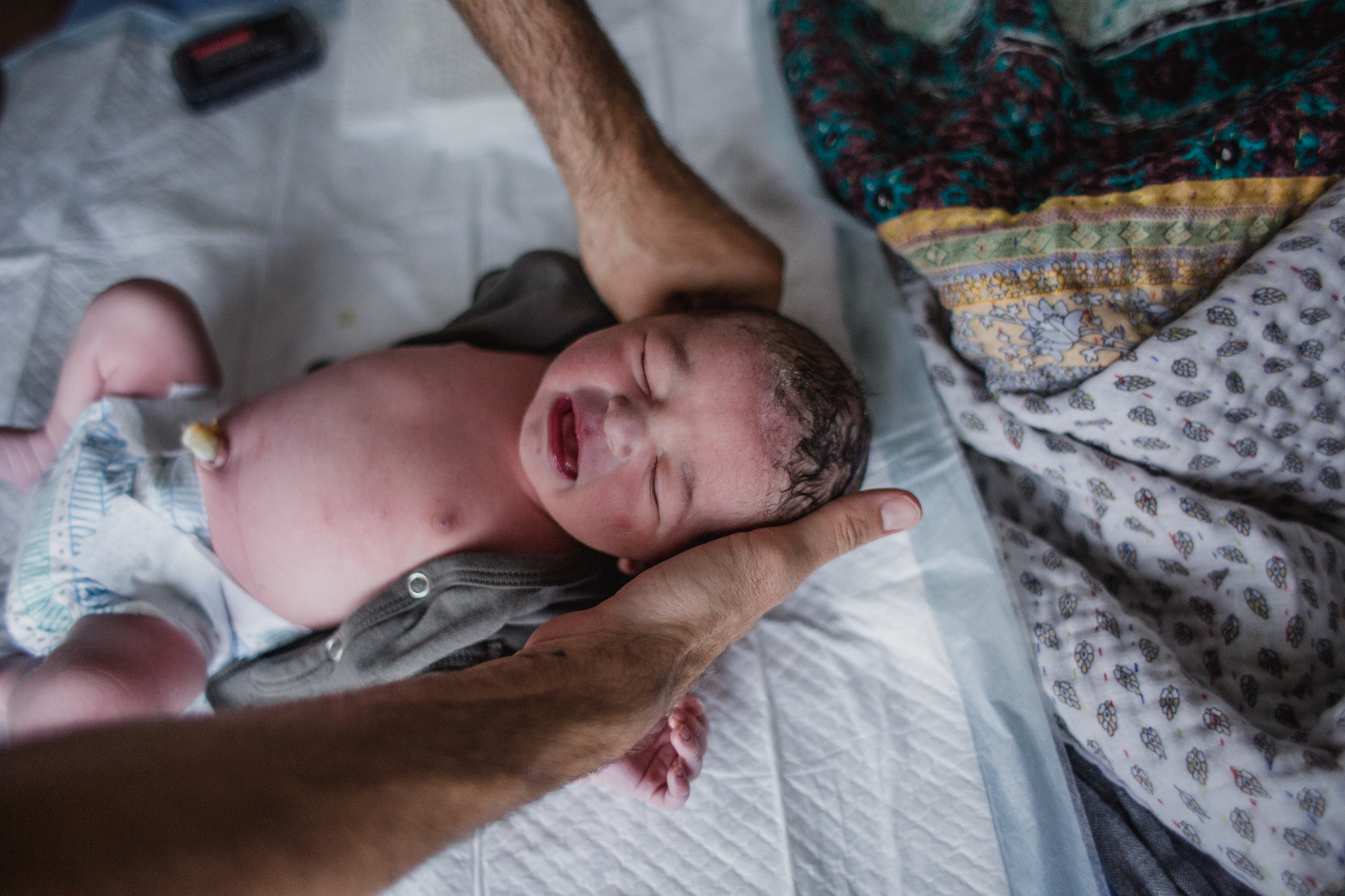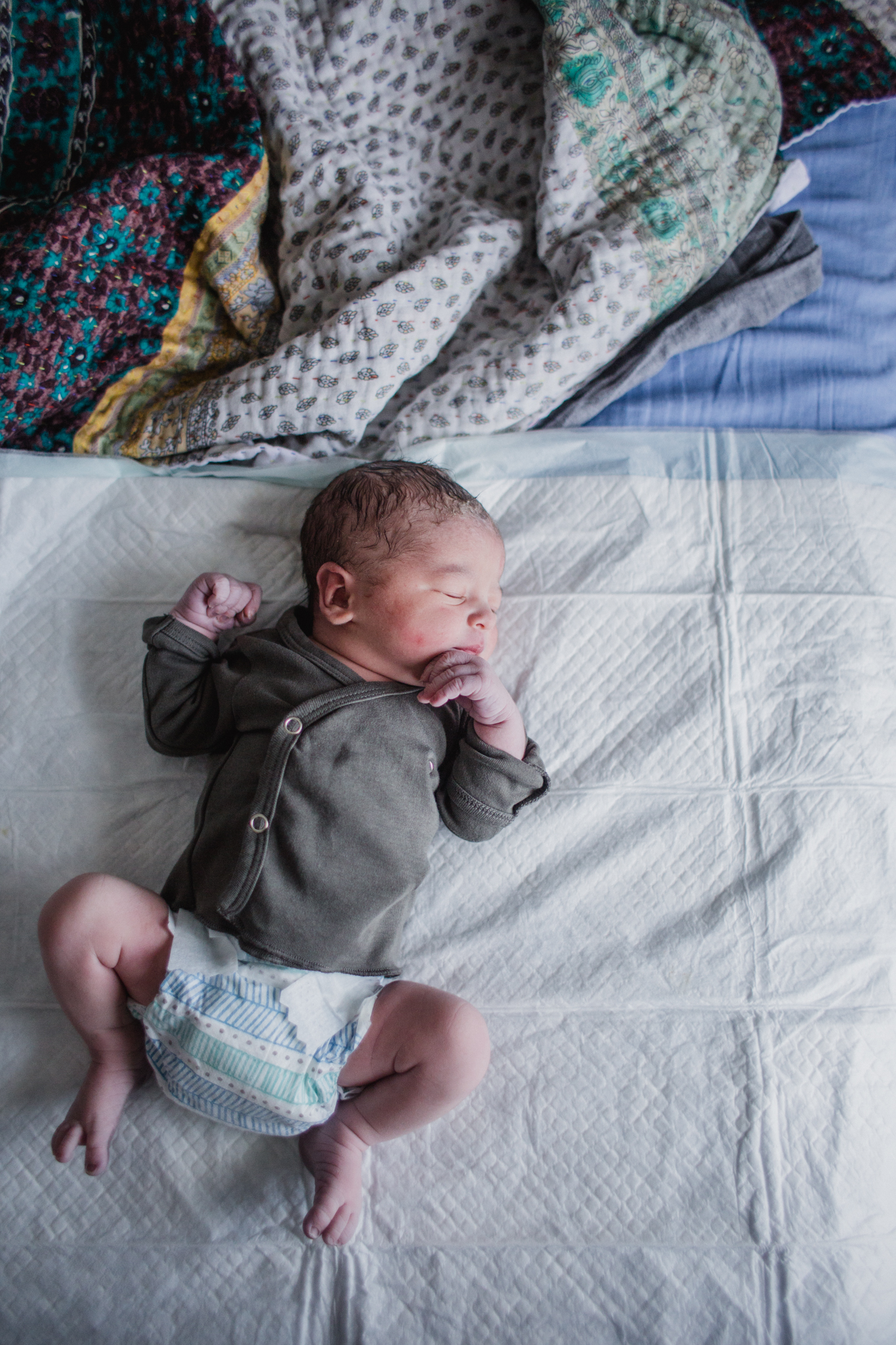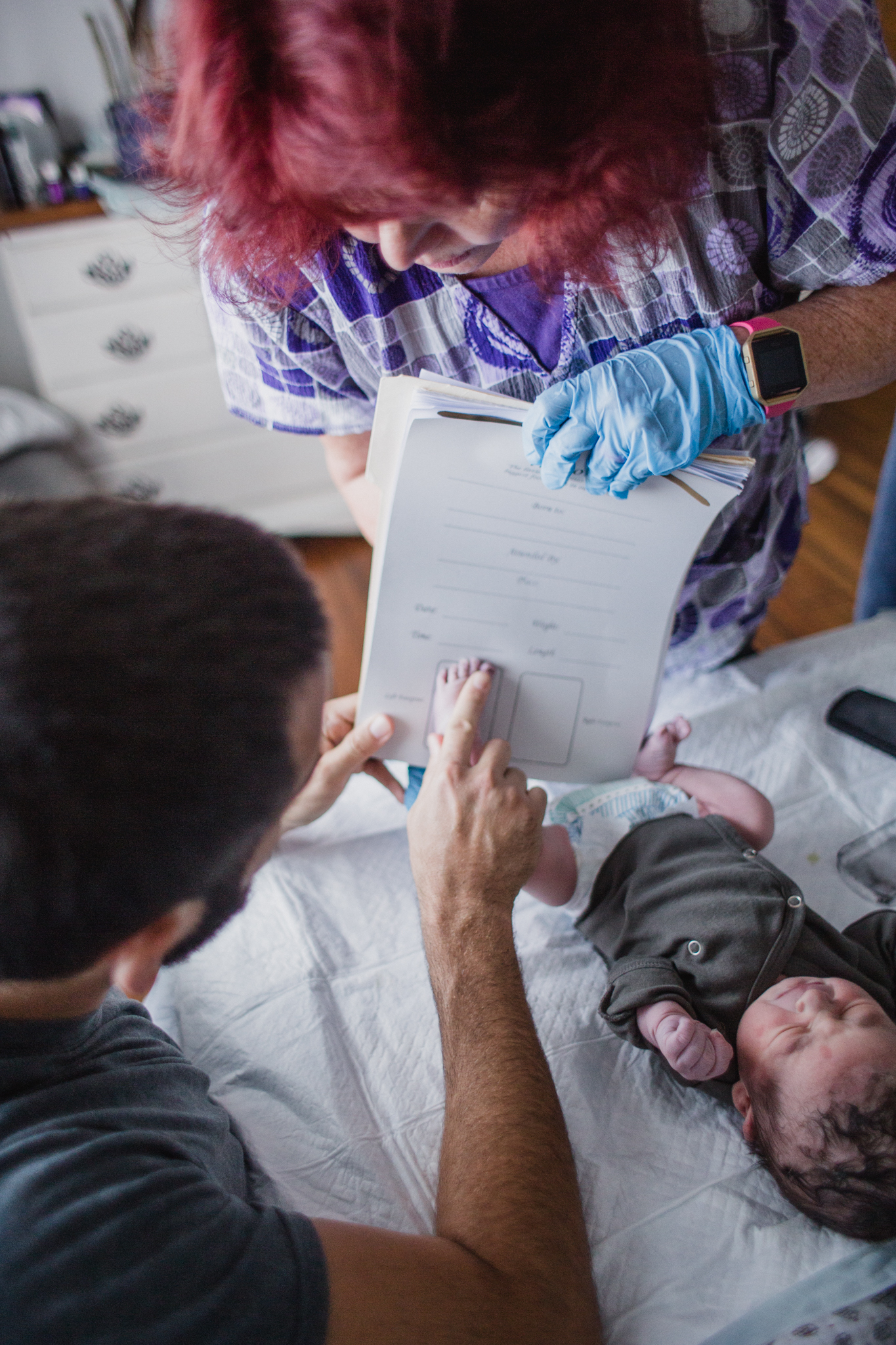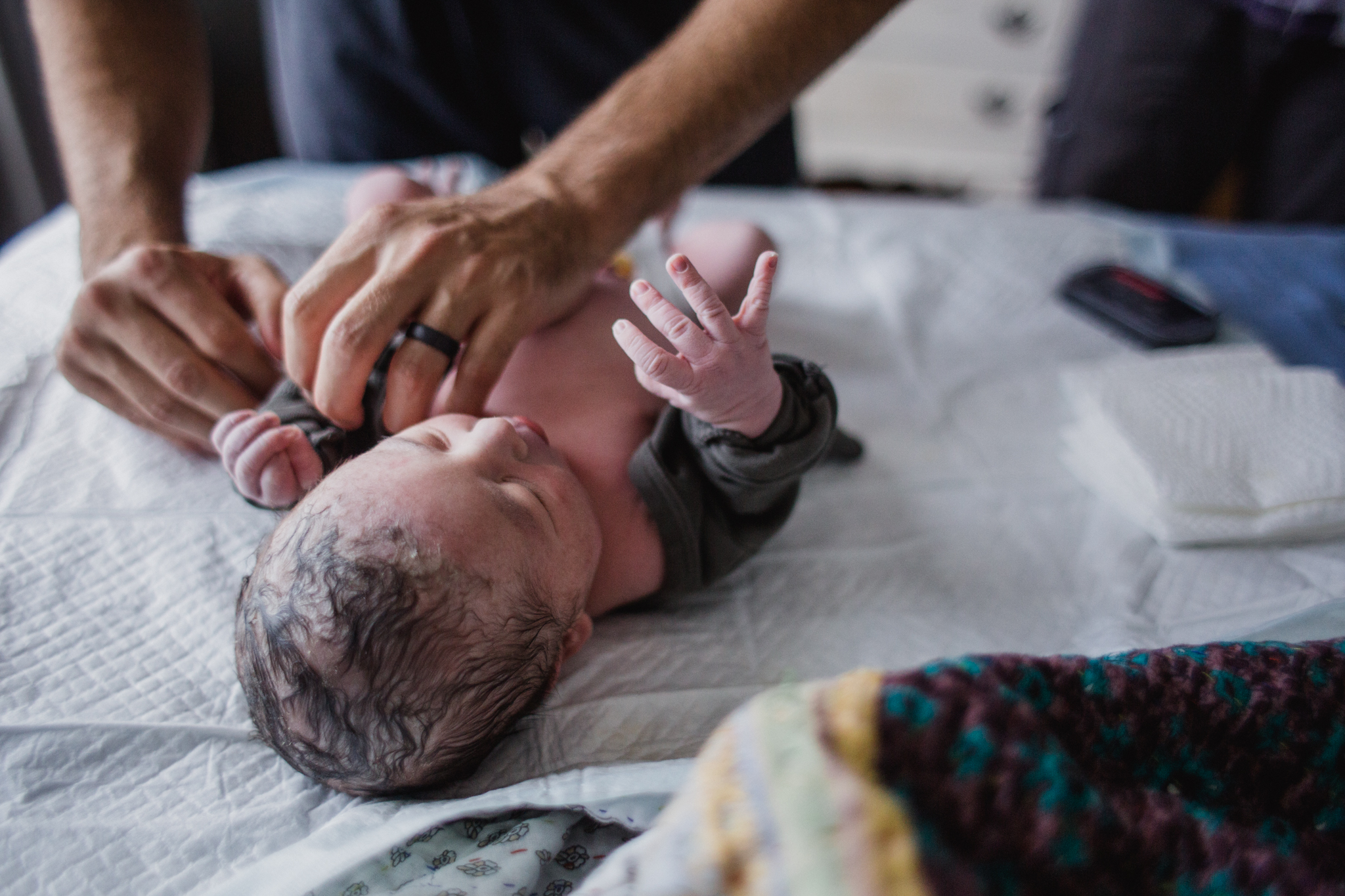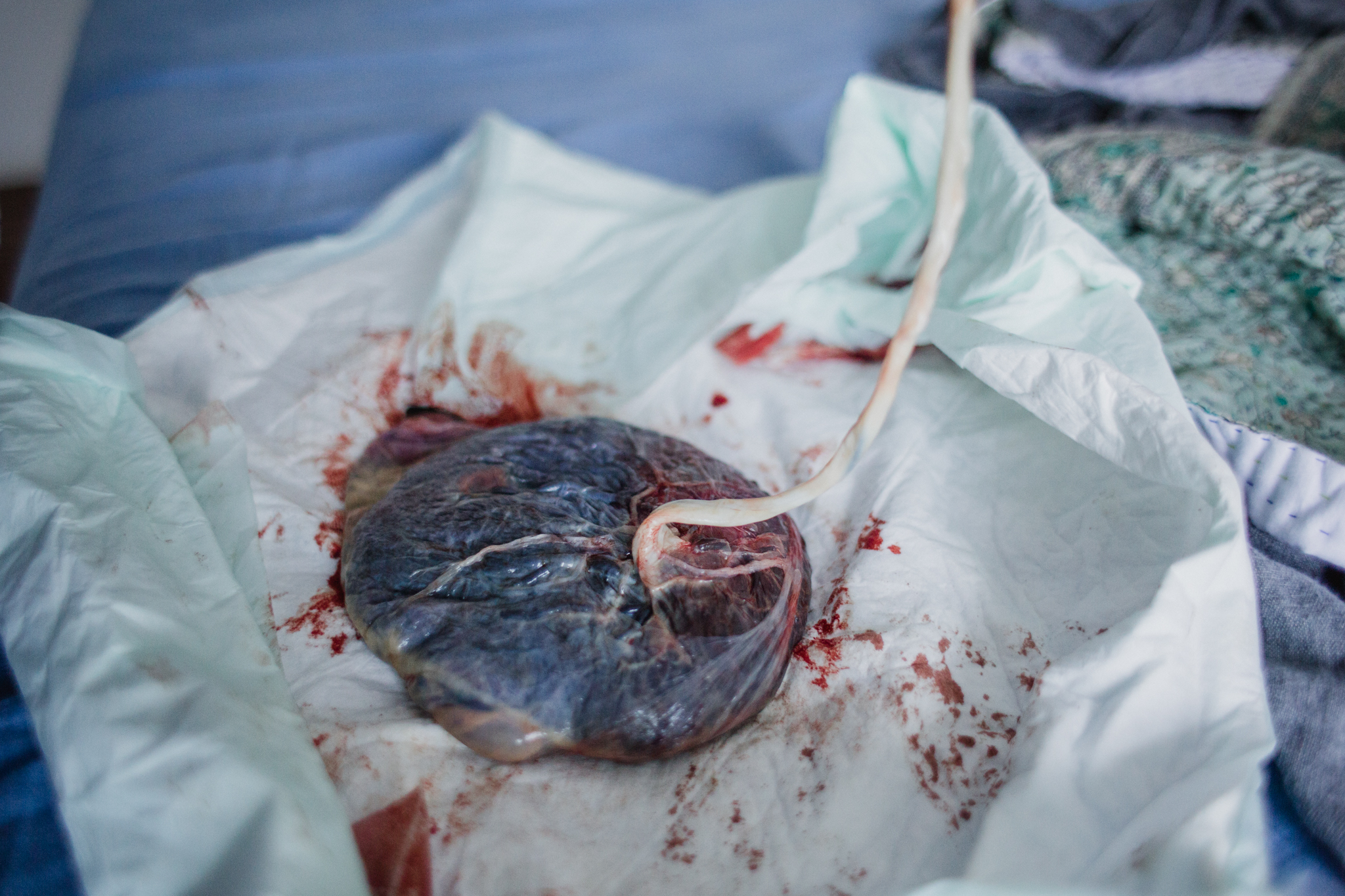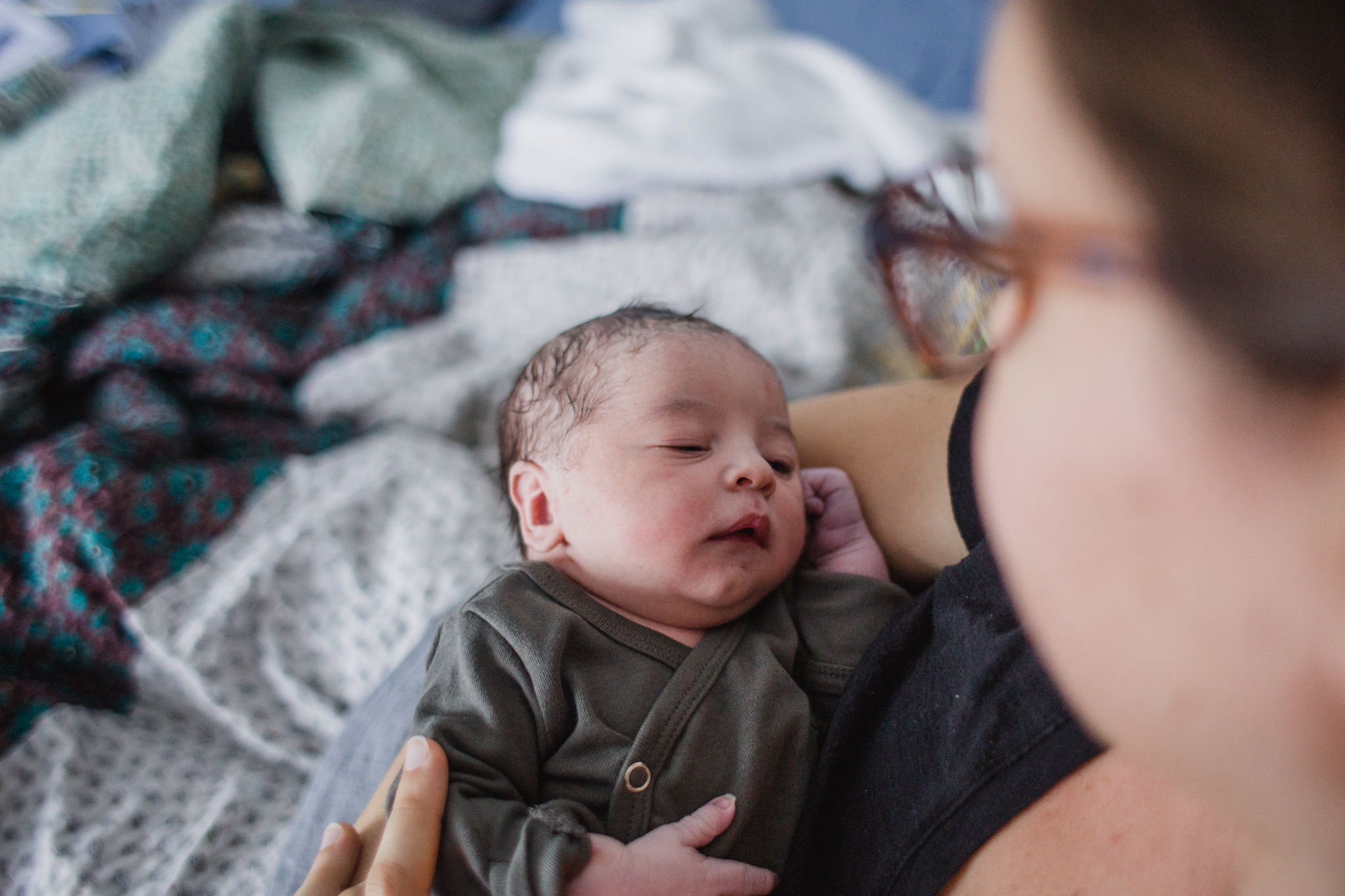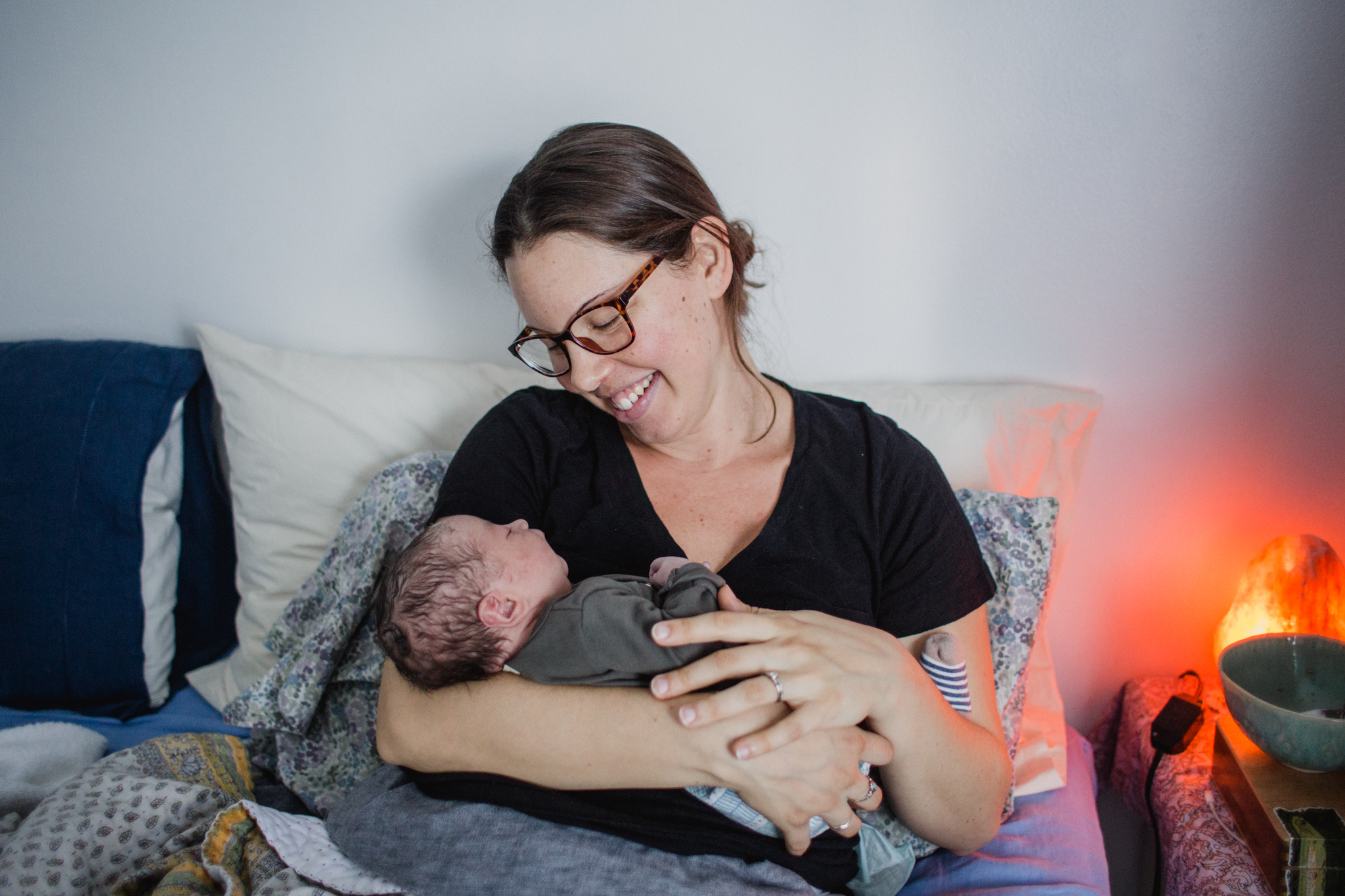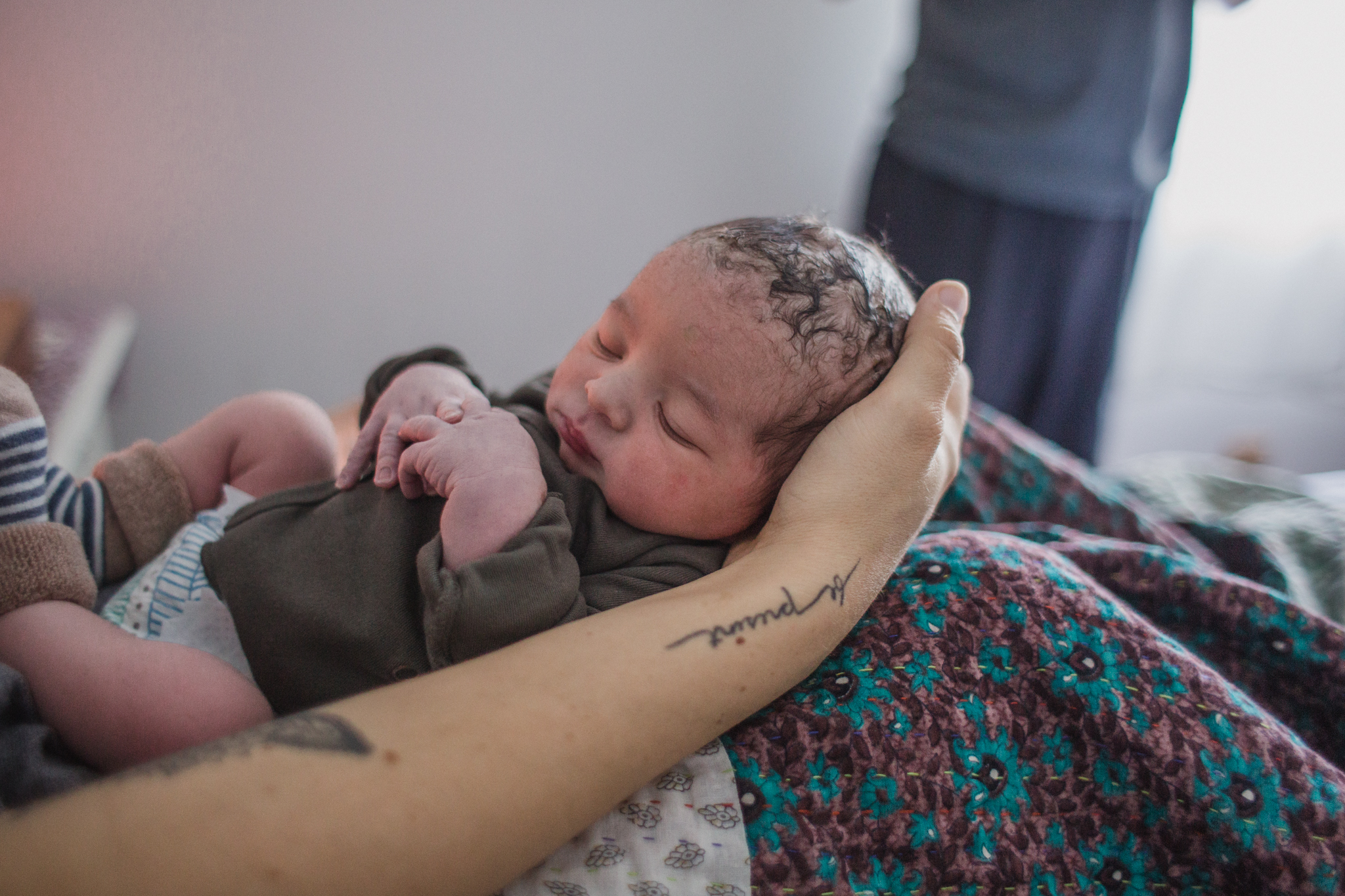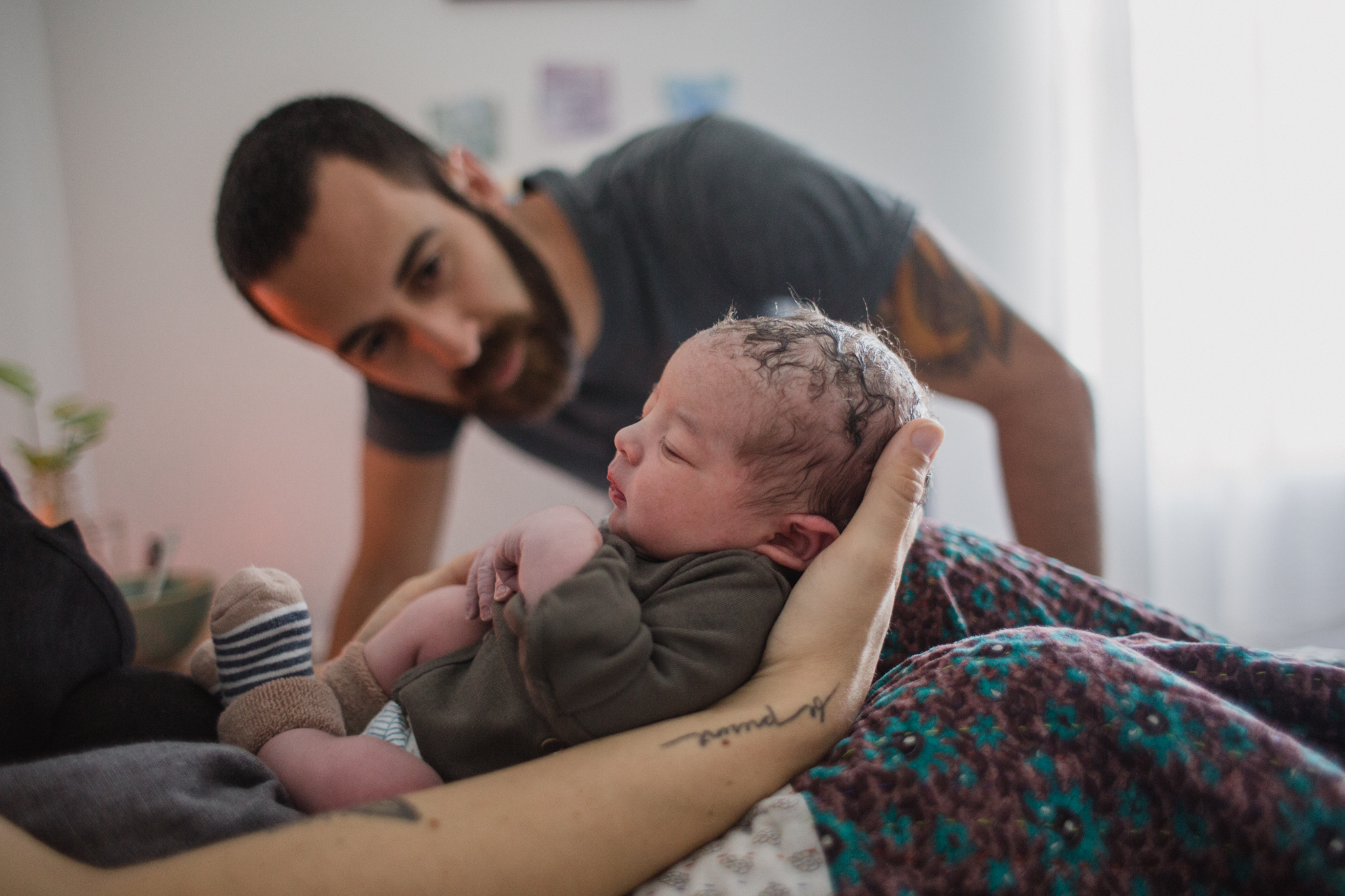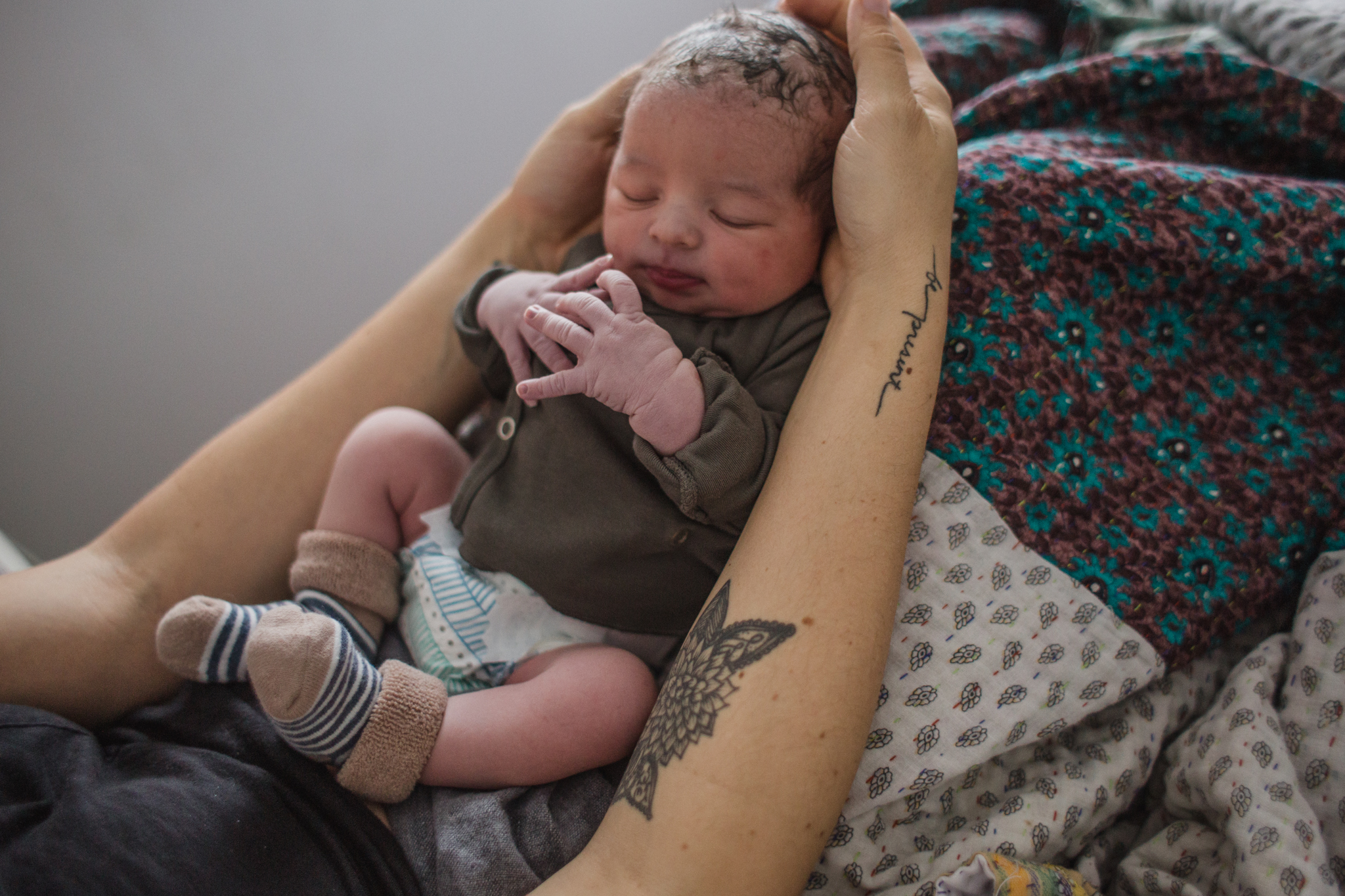What the biggest shock about birth is that no one seems to know about this seemingly well kept secret of home birth. The truth is, it’s really no secret. Our modern day society simply does not do a decent job of educating our country’s young men and women to honor, respect and take an interest in parenthood until they find themselves pregnant. The priority in schools is sexual education, but no emphasis or time is spent on educating about the amazing motherhood journey.
Home birth midwives here in south Florida carry a magic with them that needs to be shared with the world. They awake in the middle of the night, grab their luggage packed with midwifery tools, and go to a woman’s home to aid with the delivery of her baby. With a low risk pregnancy, any woman can birth at home under the care and guidance of a licensed midwife.
What is so magical about this to me is that this is how ALL babies use to be born. The shift to hospital births started in the 20th century. I scoured the internet to gather the history of birth for you, and landed whhy.org where an article written under the guidance of Rutgers University professor Margaret Marsh shares the history behind the transition from home to hospital in the 1760s.
“In the colonial period, all the way up to 1760 or so, there was no real challenge to midwives delivering babies,” explained Marsh. When a woman was ready to give birth, her female relatives, and friends would help her through the process, along with a midwife.
Professor Marsh the went onto say that “it was a scary process, babies died, women died, having a baby was a frightening thing,” (Source: whyy.org)
I wanted to touch on that statement, because it honestly stopped me in my tracks. The entire article featuring Professor Marsh was very fascinating, and while I think that is still a common misconception in the modern day world, and many home birth myths exist around this concept, I do think it is unfair to leave it at that statement. Midwives and obstetricians should find a healthy balance between high risk and low risk births, complications during labor / birth / post partum, and when an obstetrician should be required to step into the process.
Professor Marsh continues onto say that: around 1760, upper class women started to want to have doctors at their births. They thought that because the doctors had more education they could deliver a safer birth. Doctors delivered babies in women’s homes, and doctor-assisted births became more popular over time. “In 1900, about half the babies were delivered by midwives. By 1935, only fifteen percent were delivered by midwives,” said Marsh.
“Over time, there developed a rivalry between doctors and midwives, ” she added. “Doctors would say ‘we know more about anatomy, we are better suited to do this.’ Midwives said ‘we are women, we have experience, we know how we do this.'”
For many decades, the tug of war over approaches broke down along the gender lines; all of the doctors were male, and all of the midwives were female.
The shift to hospital births started in the 20th century. “What happened in the beginning of the 20th century was anesthesia for delivering children, and they wanted to have pain-free childbirth.”
But Marsh says the outcomes for women weren’t that great. “Lots of complications, lots of infections, it didn’t have the effect that women desired. They wanted safer, less painful childbirth, but in the first third to half of the century, it was not always safer childbirth.”
Marsh explained that in the 1930s, most of the midwives were practicing in rural areas, and were often called “granny midwives,” people who learned their trade on their own. “It did seem for a while as if midwives were going to become obsolete. The 1940s, 50s and 60s, you get doctors, especially obstetricians delivering all the babies.” Marsh says the feminist movement of the 1970s revived women’s interest in midwives. “Women once again wanted to control their own childbirth experience.” (Source: whyy.org)
This past week I learned for the first time in my 33 years of life that my mom was born at home. My grandmother (my mom’s mother) went into labor in the early morning just as her husband was leaving for work, and she sent her cousin to get the local midwife (back then in eastern European slavic countries a midwife was called an Akuszerka). She was pregnant with twins, it was her second pregnancy. It was ten minutes in between the births of both twins, my mom was born second.
My whole life I grew up in south Florida learning about western medicine. For me, I didn’t even know what a midwife was or did, in all the 27 years of my life leading up to the birth of my first child, I had never been educated about birth, let alone home birth. And now, 6 years deep into motherhood, it is a shock and exciting revelation to me to find out that my own mom was born in her home.
Hannah’s Home Birth with her Fourth Baby
When I got to Hannah’s home, early afternoon, the air was still. The music was soothing.
I felt as though everything was right and still with the world. A peaceful, still afternoon.
Hannah was swaying through contractions. Her husband was at her side.



